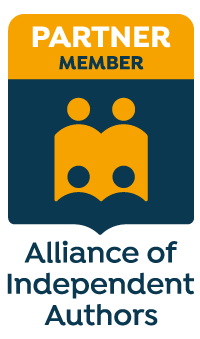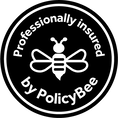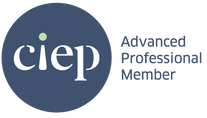|
Want to mark up greyscale and colour PDFs digitally? My upgraded BSI-compliant stamps now have fully transparent backgrounds and are completely free to download.
Many of my colleagues have been using these PDF proofreading stamps for years. And they worked fine as long as the markup area was white.
However, when it came to annotating tinted elements, the markup looked messy. That's because when I created the stamps back in 2012 – all 113 of them – I took design shortcuts that meant some stamps didn’t have transparent backgrounds. I knew some of the stamps weren’t perfect but creating three sets had been backbreaking work and, if I'm honest, I couldn’t face returning to the project and redrawing them. Eight years on, I decided to review the position. And, in fact, amending the problem stamps turned out to be not nearly as onerous a task as I’d expected. What the new stamps look like Below is a mock-up to show you the improvements. All the stamps now have transparent backgrounds, which means you can place them anywhere on the PDF page regardless of whether you’re marking up on white space, tinted boxes or photographs.
Advantages of using stamps
If you're happy with your PDF editor's onboard annotation tools, great; carry on using them. However, some proofreaders choose to add these stamps to their editing toolbox for the following reasons:
Click on the button below to access the updated stamps. They come in red, blue and black, and can be with with Windows and Mac OS.
Louise Harnby is a line editor, copyeditor and proofreader who specializes in working with crime, mystery, suspense and thriller writers.
She is an Advanced Professional Member of the Chartered Institute of Editing and Proofreading (CIEP), a member of ACES, a Partner Member of The Alliance of Independent Authors (ALLi), and co-hosts The Editing Podcast. Visit her business website at Louise Harnby | Fiction Editor & Proofreader, say hello on Twitter at @LouiseHarnby, connect via Facebook and LinkedIn, and check out her books and courses.
6 Comments
In this episode of The Editing Podcast, Louise and Denise chat about 18 blogs for authors and editors that offer guidance on various aspects of writing craft.
Click to listen to Season 4, Episode 7
Listen to find out more about:
Editing bites and other resources
Music credit ‘Vivacity’ Kevin MacLeod (incompetech.com). Licensed under Creative Commons: By Attribution 3.0 License.
Louise Harnby is a line editor, copyeditor and proofreader who specializes in working with crime, mystery, suspense and thriller writers.
She is an Advanced Professional Member of the Chartered Institute of Editing and Proofreading (CIEP), a member of ACES, a Partner Member of The Alliance of Independent Authors (ALLi), and co-hosts The Editing Podcast. Visit her business website at Louise Harnby | Fiction Editor & Proofreader, say hello on Twitter at @LouiseHarnby, connect via Facebook and LinkedIn, and check out her books and courses.
Fresh eyes on a piece of writing is ideal. Sometimes, however, the turnaround time for publication precludes it. Other times, the return on investment just won’t justify the cost of hiring a professional proofreader, especially when shorter-form content’s in play. Good enough has to be enough.
Here are 10 ideas to help you minimize errors and inconsistencies.
Checking our own writing rarely produces the same level of quality as a fresh pair of eyes. We see what we think is on the page, not what is on the page. That's because we're so close to the content.
I'm a professional editor and I know that when I don't pass on my blog posts to one of my colleagues there are more likely to be mistakes. It's not that I don't know my craft but that I'm wearing a writer's hat. Sometimes, getting pro help isn't an option. So what can you do to minimize errors and inconsistencies? Here are 10 tips.
Style guides help you keep track of your preferences, including hyphenation, capitalization, proper-noun spelling, figures and measurements, time and date format.
2. Use a page-proofs checklist
This pro-proofreading checklist (free when you sign up to The Editorial Letter) helps you spot and identify layout problems in designed page proofs (hard copy or PDF). It’s based on the house guidelines provided by the many mainstream publishers I've worked for.
3. Run PerfectIt
PerfectIt is affordable software that takes the headache out of consistency checking. And because it’s customizable, it will help you enforce your style preferences and save you time. It’s a must-have tool for writers and pro editors.
4. Use find-and-replace in Word
Microsoft Word’s onboard find-and-replace tool enables you to locate and fix problems in your document quickly. This free ebooklet, The Author’s Proofreading Companion, includes a range of handy strings and wildcard searches.
5. Set up styles in Word
Word's styles palette ensures the different elements of your text are formatted consistently. This tutorial shows you how to set up, assign and amend styles. It'll save you heaps of time whether you're working on business documents, web copy, short stories or novels.
6. Trade with a colleague
If you want fresh eyes but budget's an issue, swap quality-control checking with a colleague or friend in the same position. Pick someone who has a strong command of language, spelling and grammar.
Even if they're not a professional editor, they're wearing the hat of the reader, not the originator, and that means they'll spot things you missed. 7. Tools that locate inconsistent spelling
Here are 2 tools to help you locate inconsistent spelling:
8. Run The Bookalyser
The Bookalyser analyses a text for inconsistencies, errors and poor style: 70 different tests across 17 report areas in about 20 seconds, for up to 200,000 words at once. It works on fiction and non-fiction, and for British and American English.
9. Run Word’s onboard Check Document tool
Microsoft Word has an onboard document-checking tool that flags up potential spelling and grammar problems. It's not foolproof (no software is) but it's a second pair of digital eyes that's available at a click.
Go to the ribbon, click on the Review tab, and select the Check Document button. 10. Read it out loud
Read the text out loud. Your brain works faster than your mouth and you might well spot missing words, grammar flops and problems with sentence flow when you turn the written word into the spoken word!
Word also has an onboard narration tool that can do the speaking for you. There’s a tutorial here: ‘Hear text read aloud with Narrator’.
Louise Harnby is a line editor, copyeditor and proofreader who specializes in working with crime, mystery, suspense and thriller writers.
She is an Advanced Professional Member of the Chartered Institute of Editing and Proofreading (CIEP), a member of ACES, a Partner Member of The Alliance of Independent Authors (ALLi), and co-hosts The Editing Podcast.
Writing or editing in Microsoft Word on a PC? Save yourself time by learning these 27 keyboard shortcuts.
If you don’t want to learn 27, learn just the first one: Save!
Louise Harnby is a line editor, copyeditor and proofreader who specializes in working with crime, mystery, suspense and thriller writers.
She is an Advanced Professional Member of the Chartered Institute of Editing and Proofreading (CIEP), a member of ACES, a Partner Member of The Alliance of Independent Authors (ALLi), and co-hosts The Editing Podcast. Visit her business website at Louise Harnby | Fiction Editor & Proofreader, say hello on Twitter at @LouiseHarnby, connect via Facebook and LinkedIn, and check out her books and courses.
Editorial training is critical. However, when it comes to attracting the attention of indie authors, we need to add value beyond the baseline. This article and free booklet show you why it's worth investing time in standing out.
You’re a professional editor or proofreader and you want to work with indie authors.
Should be a doddle, right? After all, your tutor gave you amazing feedback. Your scores were high, your pass solid. The course was intense – it tested your skills and knowledge to the limit. That’s good because now you’re feeling confident. Fit for purpose and fit for market. And to prove it, you’ve got that shiny certificate. The problem is, you’re not alone. Editorial training – critical but standard The next time you’re in a room or online forum with a bunch of fellow editors, ask them to shout out if they’ve taken editorial courses or carried out continued professional development. Scratch that. Ask those who haven’t to shout out. It’ll be much quieter! The fact is, most pro editors have studied. Which means it’s not a compelling proposition for an indie author trying to work out who to hire. Training is critical – of course it is. It teaches us what we don’t know, allows us to discover our weaknesses and fix them. That way we’re in great shape by the time we start searching for clients. Training is a solid baseline. When it comes to being practice-fit, that’s its strength. But when it comes to attracting the attention of indie authors, that’s also its weakness. The snag with competing at the baseline Imagine walking into a hospital. How impressed would you be to discover that all the doctors have been to medical school? Not very. It’s critical, yes, but not impressive. Rather, it’s expected. The same applies to editors and proofreaders. No indie author seeks to hire an editor who hasn’t learned how to their job. And why would they? That’s no more likely that any of us walking into a hospital hoping there’s an untrained medic on the premises. Our being fit for purpose is expected too. And so, if we want to stand out, we need to add value beyond the baseline. Adding value by solving problems You might be wondering what that value looks like and why it will appeal. The answer comes in the form of solutions to problems. Let’s revisit the hospital. If we or someone we care about is a patient, there’s a problem. And the moment we enter the building, we’re not focusing on the qualifications of the doctors; that’s baseline stuff. Instead, we’re focusing on ourselves or our loved ones, the problem in hand, and whether one of those professional, qualified people in scrubs can fix it. If the medical pros succeed, we feel immensely grateful. And we trust them. When editors solve their target clients’ problems, the same thing happens. Those clients feel grateful and warm towards us. And they trust us. That’s how we add value. The problems indie authors have The problems indie authors have lie in what they don’t know. Their expertise can be found elsewhere – maybe they’re one of those doctors in our hospital. Perhaps they’re a taxi driver or a plumber or a teacher. They have a ton of skills and knowledge related to their professions but they don’t have the skills and knowledge related to ours. That’s great news because it gives us a whole raft of stuff with which to start building our trustworthiness – an online basket of free goodies ... gifts that solve indie authors’ problems and make them feel warm and fuzzy about us. ‘But somebody’s already done that!’ Maybe you’re thinking it’s a waste of time. After all, loads of people have already created online content – blogs, vlogs, podcasts, booklets – about spelling, punctuation, grammar, story structure, line craft, the types of editing, and a thousand other things that indie authors query in Google Search. Trust me – that’s not the point. The point is that when they go searching for that stuff, we’re in the mix. Indie authors do not search for ‘Louise Harnby fiction editor’. They search for things like ‘What’s third-person limited viewpoint?’ If my website’s all about Louise Harnby, I won’t appear in the search engines when an author hunts for information about narrative point of view. If my website’s about viewpoint – and other questions that authors ask – it’s a different story. Content that solves problems enables us to become visible, add value and build trust. The solutions your clients are searching for need to be:
even if other people have already covered these topics in their own unique way elsewhere. Trustworthy added value: 7 ideas Here are 7 ways in which you can add value. Each can be published on multiple platforms, including your website and social media:
Rising above the baseline and the noise The web is big and noisy. Editors and proofreaders who want to attract best-fit authors from within that online space need to be discoverable there. A list of qualifications isn’t enough to cut through. We must add value. When we do so, we show our worth rather than telling it. That’s about trust. We get found, too. And that’s about business success!
Louise Harnby is a line editor, copyeditor and proofreader who specializes in working with crime, mystery, suspense and thriller writers.
She is an Advanced Professional Member of the Chartered Institute of Editing and Proofreading (CIEP), a member of ACES, a Partner Member of The Alliance of Independent Authors (ALLi), and co-hosts The Editing Podcast. Visit her business website at Louise Harnby | Fiction Editor & Proofreader, say hello on Twitter at @LouiseHarnby, connect via Facebook and LinkedIn, and check out her books and courses.
In this episode of The Editing Podcast, Denise and Louise chat about 4 features of written language that are often thought to be Americanisms but aren’t!
Click to listen to Season 3, Episode 3
Find out more about ...
Mentioned in the show
Music credit ‘Vivacity’ Kevin MacLeod (incompetech.com). Licensed under Creative Commons: By Attribution 3.0 License.
Louise Harnby is a line editor, copyeditor and proofreader who specializes in working with crime, mystery, suspense and thriller writers.
She is an Advanced Professional Member of the Chartered Institute of Editing and Proofreading (CIEP), a member of ACES, a Partner Member of The Alliance of Independent Authors (ALLi), and co-hosts The Editing Podcast. Visit her business website at Louise Harnby | Fiction Editor & Proofreader, say hello on Twitter at @LouiseHarnby, connect via Facebook and LinkedIn, and check out her books and courses.
It doesn’t matter a jot to me which kind of English an author wants to write in. What does matter is their readers' expectations and perceptions, and being consistent.
This free booklet shows you how to stay on track. To get it, head over to the Grammar and Spelling section of my Resource Centre.
Louise Harnby is a line editor, copyeditor and proofreader who specializes in working with crime, mystery, suspense and thriller writers.
She is an Advanced Professional Member of the Chartered Institute of Editing and Proofreading (CIEP), a member of ACES, a Partner Member of The Alliance of Independent Authors (ALLi), and co-hosts The Editing Podcast.
Macros enable us to edit faster and more consistently. For professional editors, that means a higher hourly rate, a more consistent output, and a happier client. If you want to use macros but don’t know where to start, read on.
Which macros, and when and why?
Which macros should you use? How does the Paul Beverley macro suite fit with an application such as PerfectIt? What should you use when? No one’s the same. We edit different subject/genres, carry out different types of editing, and have different styles of working. There’s no one size fits all. A conceptual approach, however, can help us decide which tools to use. Analysis: Tasks versus goals A task-centred analysis focuses on what we plan to do and deciding what tools will help with these stages. Thus, in the free book, Macros for Editors, I offer smorgasbord of macros that speed up a variety of specific tasks. However, when we look broadly at what we’re trying to achieve, we may discover different ways of working and different tools – new tools, maybe – that can help. One such contribution to this approach is the Alyse suite – analysis-type macros (DocAlyse, HyphenAlyse, etc.) that provide an overview that reports on the likely inconsistencies in a document without our even having to look at the files.
Computer-aided editing: Teamwork
Think of computer-aided editing as teamwork – you and the computer working together, each playing to your own strengths, with a single aim: to improve communication between author and reader. A computer brings the following to the team:
On the downside, it lacks the ability to look beyond the data. It has no idea of meaning, significance, attitude, feelings – only humans can provide that. Mechanics versus meaning Editors spend a lot of time eliminating inconsistencies in the following:
This is the mechanical side of editing. Editors also spend a lot of time focusing on meaning. It matters little how consistent a document is if the meaning is clouded. Obscure the meaning, and communication between the author and reader is impeded. Using macros and related applications enables the editor to delegate some of the mechanical work to the computer – those mundane data-led tasks – and focus their minds on communication. A possible workflow Here’s one way it might look:
Here are the macros you might use in that workflow:
If you’re a PerfectIt user (see the Intelligent Editing website), you could use that instead at stages (3) and (5). Or continue to use FRedit for (3) but use PerfectIt for (5). The latter is a possible best-of-both-worlds approach if you like the idea of having two different tools, each working to spot errors that the other might have missed. False positives False positives are to be expected with any computer tool. We can reduce them by refining the FRedit changes list and PerfectIt’s style sheets. For best effect with global change macros, apply them to one chapter at a time, making adjustments that will make it more effective in succeeding chapters. Summing up To access all my line-level and analysis macros, download the free book. You can also watch almost 100 video tutorials on my YouTube channel. And if you want to know more about PerfectIt, visit the Intelligent Editing website. Please feel free to email me with suggestions and/or questions about macros.
Louise Harnby is a line editor, copyeditor and proofreader who specializes in working with crime, mystery, suspense and thriller writers.
She is an Advanced Professional Member of the Chartered Institute of Editing and Proofreading (CIEP), a member of ACES, a Partner Member of The Alliance of Independent Authors (ALLi), and co-hosts The Editing Podcast. Visit her business website at Louise Harnby | Fiction Editor & Proofreader, say hello on Twitter at @LouiseHarnby, connect via Facebook and LinkedIn, and check out her books and courses.
In this episode of The Editing Podcast, Denise and Louise offer guidance on how to change your editor, and manage the process in a way that ensures everyone comes out smiling!
Click to listen to Season 2, Episode 7
Summary
Listen to find out more about:
Editing bites
Other resources
Music credit ‘Vivacity’ Kevin MacLeod (incompetech.com). Licensed under Creative Commons: By Attribution 3.0 License.
Louise Harnby is a line editor, copyeditor and proofreader who specializes in working with crime, mystery, suspense and thriller writers.
She is an Advanced Professional Member of the Chartered Institute of Editing and Proofreading (CIEP), a member of ACES, a Partner Member of The Alliance of Independent Authors (ALLi), and co-hosts The Editing Podcast. Visit her business website at Louise Harnby | Fiction Editor & Proofreader, say hello on Twitter at @LouiseHarnby, connect via Facebook and LinkedIn, and check out her books and courses.
In this episode of The Editing Podcast, Denise and Louise offer some quick tips on formatting your Word file ... final tidy-ups to get your file in shape, and that accord with mainstream publishing standards. And there's a free PDF that includes all the search strings we talk about (or try to)!
Click to listen to Season 2, Episode 6
Click on the image below to download the free booklet and grab all those search strings we try to explain!
Editing bites
Music credit ‘Vivacity’ Kevin MacLeod (incompetech.com). Licensed under Creative Commons: By Attribution 3.0 License http://creativecommons.org/licenses/by/3.0/
Louise Harnby is a line editor, copyeditor and proofreader who specializes in working with crime, mystery, suspense and thriller writers.
She is an Advanced Professional Member of the Chartered Institute of Editing and Proofreading (CIEP), a member of ACES, a Partner Member of The Alliance of Independent Authors (ALLi), and co-hosts The Editing Podcast. Visit her business website at Louise Harnby | Fiction Editor & Proofreader, say hello on Twitter at @LouiseHarnby, connect via Facebook and LinkedIn, and check out her books and courses.
In this episode of The Editing Podcast, Denise and Louise talk about 10 editing macros that will save you time and improve the quality of your writing.
Click to listen to Season 2, Episode 5
Summary
Listen to find out more about:
Editing bites
Music credit ‘Vivacity’ Kevin MacLeod (incompetech.com). Licensed under Creative Commons: By Attribution 3.0 License.
Louise Harnby is a line editor, copyeditor and proofreader who specializes in working with crime, mystery, suspense and thriller writers.
She is an Advanced Professional Member of the Chartered Institute of Editing and Proofreading (CIEP), a member of ACES, a Partner Member of The Alliance of Independent Authors (ALLi), and co-hosts The Editing Podcast. Visit her business website at Louise Harnby | Fiction Editor & Proofreader, say hello on Twitter at @LouiseHarnby, connect via Facebook and LinkedIn, and check out her books and courses.
Are you spending too much time on your novel’s text design? Here’s how to use the Styles function in Microsoft Word to ensure the various elements are formatted consistently.
In this article, I’ll walk you through the following:
What is the Styles tool? The Styles tool allows you to apply design consistency to the various text elements in your book. In a novel, you might want to create different styles for the following:
Microsoft Word has a handy suite of on-board styles, though it’s unlikely they’ll match your specific requirements. Modifying these is still a little quicker than creating fresh styles so take a look at the properties and work out what you’ll retain and what you’ll change. What properties can you influence? You can influence every property of your text when you assign a style to it. However, in a novel, you’ll most likely focus on the following:
How to access the Styles tool There are two ways to access the Styles function onscreen:
The gallery in the ribbon offers a preview of how the style appears. If I’m working with a lot of different text elements in a document, I find these visual clues useful when I want to locate a style quickly.
On smaller screens, less of the Styles gallery will be visible. To access the previews of all the styles in your gallery, click on the MORE arrow (circled).
A new window will appear containing the full gallery.
Why you should format with styles
Using styles gives you control over design, consistency and formatting time. Time is money, so when you do the job instead of asking other professionals to do it, your book budgets goes further. Perhaps you can invest a little more time or money on cover design, sales and marketing, or learning how to improve writing craft. Can you format manually? Of course, but you could be making a lot of unnecessary work for yourself. Scenario 1 You complete the writing, drafting, and editing, and get cracking on designing the layout. Now that there are 85,000 words in place, your thriller’s looking more like a textbook thanks to the font you’ve chosen for your main text: Arial 14. A serif font like Times New Roman would be easier on your reader’s eye. The problem is, you can’t select all the text in the file with CTRL A and change it in one fell swoop because that would affect the chapter headings and the emails your transgressor is sending to the police, all of which are formatted differently. Instead, you have to work through the file, locate the main text elements manually, and change the font. If, however, you’ve assigned a style to your main text, you can modify that font property in just a few clicks. The change will automatically change all the main text, and only that element, to your new font. Further down, I’ll show you how. Scenario 2 You’ve written 12 additional paragraphs for your book but they’re in another document. You copy and paste the writing into your book file. Now you have to manually format the new sections so that they match the existing work. If you’ve assigned styles, however, it’s as simple as cut, paste and left-click. Job done. How to create a style There are several ways to create a style in Word:
1A. Manual method Open the styles pane and left-click on the A+ button in the bottom-left-hand corner.
A new window will open (CREATE NEW STYLE FROM FORMATTING). Now you can give your style a name (1) and assign properties to the font, paragraph spacing and page flow (2 and 3).
1B. Manual method B
Alternatively, right-click on a piece of text that’s already formatted according to your preferences. A mini toolbar will appear. Click on the Styles button.
A new window will appear. Left-click on CREATE A STYLE.
Name your style, modify if you wish, and left-click OK.
2. Updating method
Select a piece of text that’s already formatted according to your preferences. Now head up to the Styles gallery in the ribbon, or the Styles pane, and right-click on an unused style that you’re happy to update. Hover over UPDATE [STYLE] TO MATCH SELECTION, then left-click.
How to modify a style
There are two ways to modify a style in Word:
1. Styles gallery Go to the Styles gallery in the ribbon and right-click on the style you want to modify.
Left-click on MODIFY and amend the properties of your style. Note that this will change every piece of text assigned with that style.
2. Styles pane
Go to the Styles pane on the right-hand side of your screen and right-click on the style you want to modify.
Left-click on MODIFY and amend the properties of your style. Again, bear in mind that this will change every piece of text with that style assigned.
How to assign a style to an element of text If a piece of text isn’t formatted correctly, left-click the cursor on a word or in a paragraph, or select it by double-clicking. Now head up to the Styles gallery in the ribbon, or the Styles pane, and left-click on the preferred style. Your style will be assigned. If you’re working on a smaller screen, you’ll probably find it easier to use the Styles gallery in the ribbon because it takes up less space than the Styles pane. To close the Styles pane and free up some screen real-estate, left-click on the X in the top-right-hand corner.
Troubleshooting
Here’s how to fix some of the more common problems that arise when working with styles. 1. Styles gallery or pane isn’t visible If the Styles gallery isn’t visible, make sure you’re in the HOME tab in the ribbon.
If the Styles pane isn’t visible, left-click on the small arrow in the Styles gallery.
2. Style not showing in gallery
If you’ve created a style and it’s not showing in gallery, head to the Styles pane and right-click on the missing style. This opens the MODIFY pane. Make sure that the ADD TO THE STYLES GALLERY box is checked.
3. The gallery is cluttered with unused styles
If your gallery is busy with styles you don’t need to access, there are two ways to remove them. The quickest method is to right-click on an unwanted style, then left-click on REMOVE FROM STYLE GALLERY.
An alternative is to right-click on the unwanted style and left-click on MODIFY. Then uncheck the ADD TO THE STYLES GALLERY box.
4. You’ve renamed a style but Word’s default name is still displayed in the pane
If you’re using the Styles pane to apply styles, the list might appear cluttered if Word’s default names are displaying, even though you've modified them. To fix, left-click on the OPTIONS button.
Check the HIDE BUILT-IN NAME WHEN ALTERNATE EXISTS box, then left-click on OK.
Your list will now display with your modified names.
Heading styles and navigating your Word file
One of the advantages of using the Styles tool for a novel is navigation. To access the Navigation pane, press CTRL F on a PC. Now, left-click on the HEADINGS tab. Any style based on one of the in-built heading styles will show up in the menu.
I use this function when I’m editing and want to check that chapter headings (and subheadings) are formatted consistently, assigned the correct level of priority, and numbered chronologically.
Headings with arrows next to them indicate lower-level subheadings. You can expand or collapse subheadings by left-clicking on the arrows. Furthermore, if you want to shift a headed or subheaded section to another position in your document, left-click on the relevant heading and drag up or down the menu. Summing up Styles let you focus on your writing rather than fretting about internal text design. Applying a style to an element of your book file takes a fraction of the time required for manual formatting. And because any style can be tweaked, you get to change your mind as often as you like. If you have any problems with using Word’s Styles gallery and pane, drop me a note in the comments and I’ll do my best to fix the issue. Fancy watching a video tutorial? Visit my YouTube channel and watch: Self-editing Your fiction in Word: How to Use Styles.
Louise Harnby is a line editor, copyeditor and proofreader who specializes in working with crime, mystery, suspense and thriller writers.
She is an Advanced Professional Member of the Chartered Institute of Editing and Proofreading (CIEP), a member of ACES, a Partner Member of The Alliance of Independent Authors (ALLi), and co-hosts The Editing Podcast. Visit her business website at Louise Harnby | Fiction Editor & Proofreader, say hello on Twitter at @LouiseHarnby, connect via Facebook and LinkedIn, and check out her books and courses.
Is your dialogue pushing your novel forward or making the reader feel like they’re eavesdropping on a mundane conversation at the bus stop? Here’s how to ensure your dialogue pops.
What good dialogue isn’t
Good dialogue is the icing on the cake of a well-structured novel. Bad dialogue will mar a well-structured narrative and bury a story that is barely hanging in there. Before we look at what makes great dialogue, let’s look at what dialogue isn’t:
WHAT DIALOGUE IS NOT
3 components of effective dialogue ‘Dialogue should be the character in action,’ says John Yorke in his must-read Into the Woods (p. 151). Yorke’s talking about the art of screenwriting but the advice is just as pertinent for novelists. I recommend you read it even if you have no intention of writing for the screen because it’s a masterclass in storytelling, whatever the medium. When we stop thinking about dialogue as words spoken – as conversations – and instead frame it in terms of characters, we create something that’s fit for a novel. What does your dialogue tell readers about who your characters are, how they’re feeling, and what their motivations are?
Unreliable dialogue What a character expresses through dialogue need not match their true voice, mood or intent. Unreliable dialogue is powerful precisely because it jars the reader by masking the truth (which the characters themselves may even have buried). Imagine this scenario: John has been kidnapped by Jane. They met in a club where she spiked his drink. He started to feel unwell and she offered him a ride to the Tube station. He never made it. He’s been held captive for several days, during which time he’s been physically abused and deprived of food. He’s frightened out of his wits, and weak to boot. The dialogue between John and Jane could go as follows: John raves and rants, telling Jane her behaviour is monstrous, that Jane’s going to pay for her actions and that he’s going straight to the police as soon as he’s escaped. Jane responds in fury, telling John he deserves it all and how there’s no way he’ll ever escape. Or the dialogue could be unreliable. John might be polite, sycophantic even, as he thanks her for the water she provided, compliments her on her appearance, or asks her about her life. Through that speech, we are shown his desperation. It’s about keeping her on side and calm in order to save himself. And Jane’s verbal response might be chipper, seductive even. Through that dialogue, we are shown her psychosis. The result is a sinister verbal exchange that allows us to explore the inner workings of the characters’ minds without it being forced down our throats via an all-to-obvious narrative that’s centred around the viewpoint character. Breaking free of viewpoint limitations Most novelists opt to hold third- or first-person narrative viewpoints. That means the story in a chapter plays out through one person’s perspective. When authors drop viewpoint, readers end up playing a game of narrative table tennis in which they bounce from one character’s head to another. We know who everyone is (voice), what everyone’s feeling (mood), and what everyone wants (intention) all of the time. Readers become disengaged because they don’t have time to immerse themselves in any one character’s experience. Good dialogue allows writers and readers to break free without head-hopping. Through dialogue, readers can intuit the voice, mood and intention of multiple characters, yet the singular narrative viewpoint remains true throughout. That keeps the reader engaged and the writing taut. Purposeful dialogue in action Here’s an excerpt from Lee Child’s Never Go Back (pp. 457–8). I chose it because I’ve also seen the movie, which allowed me to compare my experience of the screen dialogue (and the advice Yorke gives) with the novel’s, and because there are no action beats, only two speech tags and no narrative. It’s just dialogue between a teenage girl and Jack Reacher.
‘Am I in trouble?’
Reacher said, ‘No you’re not in trouble. We’re just checking a couple of things. What’s your mom’s name?’ ‘Is she in trouble?’ ‘No one’s in trouble. Not on your street, anyway. This is about the other guy.’ ‘Does he know my mom? Oh my God, is it us you’re watching? You’re waiting for him to come see my mom?’ ‘One step at a time,’ Reacher said. ‘What’s your mom’s name? And, yes, I know about the Colt Python.’ ‘My mom’s name is Candice Dayton.’ ‘In that case I would like to meet her.’ ‘Why? Is she a suspect?’ ‘No, this would be personal.’ ‘How could it be?’ ‘I’m the guy they’re looking for. They think I know your mother.’ ‘You?’ ‘Yes, me.’ ‘You don’t know my mother.’ ‘They think face to face I might recognize her, or she might recognize me.’ ‘She wouldn’t. And you wouldn’t.’ ‘It’s hard to say for sure, without actually trying it.’ ‘Trust me.’ ‘I would like to.’ ‘Mister, I can tell you quite categorically you don’t know my mom and she doesn’t know you.’ ‘Because you never saw me before? We’re talking a number of years here, maybe back before you were born.’ ‘How well are you supposed to have known her?’ ‘Well enough that we might recognize each other.’ ‘Then you didn’t know her.’ ‘What do you mean?’ ‘Why do you think I always eat in here?’ ‘Because you like it?’ ‘Because I get it for free. Because my mom works here. She’s right over there. She’s the blonde. You walked past her two times already and you didn’t bat an eye. And neither did she. You two never knew each other.’ WHAT WE LEARN
This is characters in action, expressed through speech. Child makes every line count towards the chapter denouement. If he was tempted to introduce narrative and action beats that ensured we’d get it, it doesn’t show. In fact, they would have been interruptions and slowed the pace. Instead, he trusts us to do the work because the dialogue gives us everything we need. Here’s an excerpt from The Poison Artist by Jonathan Moore (pp. 244–5). I chose this because of the contrast between Kennon and Emmeline’s speech.
“Don’t move,” Kennon said.
This time, his voice wasn’t much more than a whisper. [...] “Inspector, you’ll hit somebody,” Emmeline said. [...] “You look sick, Inspector,” Emmeline said. “I could get you something to drink. A glass of water, maybe? Something a little stronger?” Kennon fired again and Emmeline didn’t even flinch. The bullet missed her by ten feet, punching a hole in the back of the building. “Stop—” “You should be more careful what you touch,” Emmeline said. “Some things can go right through the skin.” WHAT WE LEARN
This, too, is characters in action, expressed through speech. Moore draws us deep into the transgressor’s mind – even though she’s not the viewpoint character. Her dialogue, juxtaposed with Kennon’s exhausted near-silence, generates a powerful scene that oozes with sickly tension. Here’s a third example from Harlan Coben’s Run Away (pp. 68–9):
“The murder,” Simon said. “It was gruesome.”
Ingrid wore a long thin coat. She dug her hands into her pockets. “Go on.” “Aaron was mutilated.” “How?” “Do you really need the details?” he asked. [...] “According to Hester’s source, the killer slit Aaron’s throat, though she said that’s a tame way of putting it. The knife went deep into his neck. Almost took off his head. They sliced off three fingers. They also cut off ...” “Pre- or post-mortem?” Ingrid asked in her physician tone. “The amputations. Was he still alive for them?” “I don’t know,” Simon said. “Does it matter?” WHAT WE LEARN
Again, through speech we see the characters in action. The contrasting voices and moods show us Simon and Ingrid’s different intentions. There’s no need for more than a peppering of supporting narrative. Summing up
Free dialogue enrichment tool To help you think about your characters' voices, moods and intentions, and how these will enrich your dialogue, download this tool. It's a fillable PDF with ready-made examples and space for you to record your own decisions.
Louise Harnby is a line editor, copyeditor and proofreader who specializes in working with crime, mystery, suspense and thriller writers.
She is an Advanced Professional Member of the Chartered Institute of Editing and Proofreading (CIEP), a member of ACES, a Partner Member of The Alliance of Independent Authors (ALLi), and co-hosts The Editing Podcast. Visit her business website at Louise Harnby | Fiction Editor & Proofreader, say hello on Twitter at @LouiseHarnby, connect via Facebook and LinkedIn, and check out her books and courses.
In this episode of The Editing Podcast, Denise and Louise discuss the order of play for the different levels of editing, and some ideas about how you can keep costs down.
Click to listen to Episode 9
Summary of Episode 9
Listen to find out more about:
Editing bites
Other resources
Music credit ‘Vivacity’ Kevin MacLeod (incompetech.com). Licensed under Creative Commons: By Attribution 3.0 License: http://creativecommons.org/licenses/by/3.0/
Louise Harnby is a line editor, copyeditor and proofreader who specializes in working with crime, mystery, suspense and thriller writers.
She is an Advanced Professional Member of the Chartered Institute of Editing and Proofreading (CIEP), a member of ACES, a Partner Member of The Alliance of Independent Authors (ALLi), and co-hosts The Editing Podcast.
You don't need a lot of equipment to create superb audio content. A fellow book editor and I recently recorded 5 episodes for our podcast with nothing but a couple of mics, a splitter and our cell phones. Here's how to do it.
Mobile podcasting at ATOMICON
Denise Cowle and I were at ATOMICON, a one-day digital marketing conference hosted by my two favourite marketers, Andrew and Pete. The venue was the Assembly Rooms in Newcastle. 300 business owners, all with an interest in being visible online, gathered from near and far to learn, and have a good laugh doing it – Andrew and Pete don’t do anything without putting a smile on people’s faces!
Creating content ... while learning about creating content
In January, Denise and I launched The Editing Podcast. We're both experienced book editors and we use our knowledge and experience to make indie authors' publishing journeys easier by offering writing and editing tips, tools and guidance. Our target audience is anyone who writes. That means we’re creating audio material related to fiction and creative non-fiction, business, education and academia. We tackle editing issues from the viewpoint of print and digital publishing because we recognize that our listeners work in a variety of formats and use a range of platforms to distribute their writing. Now, we'd already planned to invite guests onto The Editing Podcast in Season 2 and beyond, but ATOMICON was too good an opportunity to miss. Since some of the 300 delegates had published books – fiction and non-fiction – we thought it would be great to hear their experiences of the editing and publishing process so that other indie authors might understand the various approaches taken and the challenges faced.
The question we asked ourselves was could we do it on the fly? The coffee breaks were short, the venue busy, and the atmosphere buzzing. That meant there’d be a lot of background noise to contend with.
What equipment did we use? We turned up in Newcastle with our very own micro podcasting studio! It consisted of the following:
That’s a small investment for an audio studio that fits in your pocket! And we can use the equipment over and over.
So did it work? Yes, it did! RØDE didn’t disappoint. We plugged in the mics, hit the RECORD button on the Reporter app, and away we went. Our voices come across clearly, and while the background noise of the convention is audible, it doesn't interfere with the conversation. In fact, we think it adds texture to the recordings because listeners can appreciate the atmosphere of a live event. Who did we talk to? The following lovely people were kind enough to let us interview them about their book revision and publication journeys:
You can listen to the bonus episodes on The Editing Podcast right here. Editing and publishing the recordings The recordings are .WAV files that sit in the Reporter app’s library. Download them to your computer or email them to yourself. We edit our audio files in Audacity – this is free, open-source, cross-platform audio-editing software. The dashboard does have something of a NASA feel to it, but it’s easy to learn how to do the basics with any number of free tutorials available on YouTube. Here’s one example from by David Taylor: Audacity: Complete Tutorial Guide to Audacity for Beginners.
To upload to most audio platforms, you’ll need to convert the WAVs to MP3s. You can do this in Audacity at export stage.
Publishing audio content Denise and I chose Captivate to syndicate our podcast content because of its superb user interface and competitive pricing plans.
You don’t have to go down that route, of course. If you’re creating audio content more sporadically for the purpose of author book promotion or to communicate your editing knowledge/services, you could go direct to, say, SoundCloud or another free audio-streaming service, and embed the audio on your website rather than going for full syndication. And it won’t cost you a penny.
Why should you use audio? Audio is a powerful engagement tool because it allows your listeners to hear your actual voice ... your accent, your pitch, your inflection and, perhaps most important, your emotion. That enables authors to connect with readers, and editors to connect with authors. When a conversation takes place, listeners can hear that connection, and enjoy it. Lots of The Editing Podcast's listeners have told me and Denise that they love not just the learning points we share but also the way our friendship plays out on air. It's a richer experience than words alone can provide. Learn how to do marketing better We had a great time at ATOMICON, and our mobile podcasting experiment was a huge success, with over 300 downloads of the author interviews in the first 2 hours of appearing on air. If you’re struggling to be visible online, Andrew and Pete will show you the way. Denise and I are heading back to ATOMICON in 2020. I'm certain we'll be doing more mobile podcasting, too! Click on the image below if you fancy joining us.
Louise Harnby is a line editor, copyeditor and proofreader who specializes in working with crime, mystery, suspense and thriller writers.
She is an Advanced Professional Member of the Chartered Institute of Editing and Proofreading (CIEP), a member of ACES, a Partner Member of The Alliance of Independent Authors (ALLi), and co-hosts The Editing Podcast. Visit her business website at Louise Harnby | Fiction Editor & Proofreader, say hello on Twitter at @LouiseHarnby, connect via Facebook and LinkedIn, and check out her books and courses.
In this episode of The Editing Podcast, Denise and Louise talk about style sheets, and how they’ll help you keep track of the key themes in your book, and ensure consistency along the way.
Click to listen to Episode 7
Summary of Episode 7 ...
Related resources
Music credit ‘Vivacity’ Kevin MacLeod (incompetech.com). Licensed under Creative Commons: By Attribution 3.0 License: http://creativecommons.org/licenses/by/3.0/
Louise Harnby is a line editor, copyeditor and proofreader who specializes in working with crime, mystery, suspense and thriller writers.
She is an Advanced Professional Member of the Chartered Institute of Editing and Proofreading (CIEP), a member of ACES, a Partner Member of The Alliance of Independent Authors (ALLi), and co-hosts The Editing Podcast.
In this episode of The Editing Podcast, Denise and Louise discuss sample edits – what they are, how they can help, and who they’re useful for.
Click to listen to Episode 6
Summary of Episode 6 ...
Editing bites
Music credit 'Vivacity' Kevin MacLeod (incompetech.com). Licensed under Creative Commons: By Attribution 3.0 License.
Louise Harnby is a line editor, copyeditor and proofreader who specializes in working with crime, mystery, suspense and thriller writers.
She is an Advanced Professional Member of the Chartered Institute of Editing and Proofreading (CIEP), a member of ACES, a Partner Member of The Alliance of Independent Authors (ALLi), and co-hosts The Editing Podcast. Visit her business website at Louise Harnby | Fiction Editor & Proofreader, say hello on Twitter at @LouiseHarnby, connect via Facebook and LinkedIn, and check out her books and courses.
In this episode of The Editing Podcast, Denise and Louise discuss how much professional editing might cost if you decide to hire a third party, and what factors could affect the fee you’re quoted.
Click to listen to Episode 4
Summary of Episode 4 ...
Editing bites
Music credit 'Vivacity' Kevin MacLeod (incompetech.com). Licensed under Creative Commons: By Attribution 3.0 License.
Louise Harnby is a line editor, copyeditor and proofreader who specializes in working with crime, mystery, suspense and thriller writers.
She is an Advanced Professional Member of the Chartered Institute of Editing and Proofreading (CIEP), a member of ACES, a Partner Member of The Alliance of Independent Authors (ALLi), and co-hosts The Editing Podcast. Visit her business website at Louise Harnby | Fiction Editor & Proofreader, say hello on Twitter at @LouiseHarnby, connect via Facebook and LinkedIn, and check out her books and courses.
In this episode of The Editing Podcast, Denise and Louise look at why you might want to invest in hiring an editor rather than doing it all yourself.
Click to listen to Episode 3
Summary of Episode 3 ...
Editing bites
Other resources
Music credit 'Vivacity' Kevin MacLeod (incompetech.com). Licensed under Creative Commons: By Attribution 3.0 License.
Louise Harnby is a line editor, copyeditor and proofreader who specializes in working with crime, mystery, suspense and thriller writers.
She is an Advanced Professional Member of the Chartered Institute of Editing and Proofreading (CIEP), a member of ACES, a Partner Member of The Alliance of Independent Authors (ALLi), and co-hosts The Editing Podcast. Visit her business website at Louise Harnby | Fiction Editor & Proofreader, say hello on Twitter at @LouiseHarnby, connect via Facebook and LinkedIn, and check out her books and courses.
In this episode of The Editing Podcast, Denise and Louise demystify publishing language – the terms professionals use to describe the parts of a book – so that you can talk with confidence about your text.
Click to listen to Episode 2
Summary of Episode 2 ...
Editing bites Indexing societies
Music credit 'Vivacity' Kevin MacLeod (incompetech.com). Licensed under Creative Commons: By Attribution 3.0 License.
Louise Harnby is a line editor, copyeditor and proofreader who specializes in working with crime, mystery, suspense and thriller writers.
She is an Advanced Professional Member of the Chartered Institute of Editing and Proofreading (CIEP), a member of ACES, a Partner Member of The Alliance of Independent Authors (ALLi), and co-hosts The Editing Podcast. Visit her business website at Louise Harnby | Fiction Editor & Proofreader, say hello on Twitter at @LouiseHarnby, connect via Facebook and LinkedIn, and check out her books and courses.
In this episode of The Editing Podcast, Denise and Louise discuss the different levels of editing, why editing is worth doing, the order of play, and how perfection is impossible in one pass.
Click to listen to Episode 1
Summary of Episode 1 ...
Editing bites
Music credit 'Vivacity' Kevin MacLeod (incompetech.com). Licensed under Creative Commons: By Attribution 3.0 License.
Louise Harnby is a line editor, copyeditor and proofreader who specializes in working with crime, mystery, suspense and thriller writers.
She is an Advanced Professional Member of the Chartered Institute of Editing and Proofreading (CIEP), a member of ACES, a Partner Member of The Alliance of Independent Authors (ALLi), and co-hosts The Editing Podcast. Visit her business website at Louise Harnby | Fiction Editor & Proofreader, say hello on Twitter at @LouiseHarnby, connect via Facebook and LinkedIn, and check out her books and courses.
Here are 5 things you can do in the year ahead to put a shine on the way you run your editing and proofreading business,
1. Be the editor who says, ‘It’s down to me’
Editors who work in-house edit. As for the other stuff, someone else does that for them – marketing, accounting, branding, heating the building, providing a good-quality office chair ... all of it. Employee editors can say, ‘It’s not my job.’ Independent editors can’t. Most indie editors don’t have assistants, in-house accountants, IT managers, marketing departments or ready-made brand strategies. All of those things are down to us. If we don’t make them part of our job, we risk not being able to put food on the table, not paying our bills, breaching our legal responsibilities, working in an environment that’s physically unfit for purpose and, worst of all, having no clients. And we have to buy our own chairs. Chairs aside, having no clients means we’re not independent business owners. It means we’re unemployed. There are bits of my job I’d rather not do. You’re probably the same. I happen to love the marketing side of things but I have friends who loathe it. One of my editor pals gets a kick from using gadgets and spreadsheets that help her manage her invoicing; I find it a bore. That’s fine – we’re different. However, we both must find clients and track our financials, whether we struggle with these tasks or relish the challenge. Being an editor is not enough. Being an editor is the work we do. Everything else is the work we do to get the work we do and operate in a professional manner. Editing is only one part of being an editorial business owner. For our businesses to thrive, we must do all the parts. We can’t afford to say, ‘But I don’t like marketing’, ‘I’m not good with spreadsheets’, ‘I’m not interested in the business end of things’, or ‘I don’t have time to learn how to do those things’, because we’re not employees. We have to say, ‘It’s down to me.’
2. Make changes
No one gets it perfect right from the get-go. Running a business is about testing and tracking so that we discover what works and what doesn’t. If things aren’t going as we hoped, we need to be ready to invest in change.
Easy to say, harder to do, I know. But change we must. The responsibility lies with us.
EXAMPLE
All businesses change. For example, a publisher might outsource production to another country, squeeze more words on a page, ask freelancers to do more for the same money, or freeze its project fees, all of which have an impact on profitability for the independent editor working for that publisher.
‘And it will reduce the quality,’ some editors say. Maybe not, maybe so. That’s not our problem. It’s theirs. They’re business owners and so are we. All of us do what we need to do to make our enterprises successful.
If we don’t like the way a client's operating, we should take positive action to find a replacement. It's not the client's job to make another business owner's enterprise successful. It can be tempting to use online spaces – Facebook groups, for example – to vent our complaints. However, that’s a waste of precious time that we could be using to locate our new client. Action for change trumps blame every time. 3. Don't measure your own success against other people’s raw data Track your own data and use it to assess the health of your editing business. Your colleagues’ metrics don’t matter because those relate to their businesses, not yours. And there’s another problem – it’s often like comparing apples and oranges. Here are two examples:
Does that mean you shouldn’t look at analytics? Not at all. But instead of looking at just the raw numbers, think about longer-term patterns in the data and outcomes (bookings/sales). How does this financial quarter compare with the previous one, or this year with the previous one? Have you made changes either on your website or elsewhere that might have influenced your analytics?
We must keep our attention on the end goal. Visitors, page views, shares, likes, follows, comments, connections etc. are only starting-point visibility indicators.
To be meaningful, they need to be considered over time and evaluated within the context of, and measured against, business goals: e.g. requests to quote, confirmed bookings, quality of clients, income, and the length of your wait-list. Otherwise, they’re nothing more than vanity metrics. As for other people’s raw stats, they tell you nothing about your own business’s needs and goals. Don't spend valuable time worrying about them. 4. Track, plan and schedule Like all sole traders, independent editors have to do everything themselves, unless they contract out services to, say, a VA, a marketer or an accountant, any of which will incur costs. We can find ourselves being asked to carry out impossible feats of juggling – too many activities and not enough time to do what must be done. The solution could lie in improved scheduling: (1) Track how much time you spend on social media during work hours and check that all of it is relevant to your business. Be strict with your social engagement – schedule it, and stick to that plan. You’ll save time and be more productive.
EXAMPLES
(2) Schedule all tasks, not just editing. Invoicing, marketing, replying to requests to quote, and dealing with queries can cause problems when they’re not scheduled. If you have 7 hours a day available for work, allot some of that time to stuff that enables you to run your business. That might mean you only have 5 hours a day available for editing, not 7, which means you’ll need to assign a longer period of time to complete each project. If you need to shift things around, fine – there’s a big difference between drinking your tea at a different time and forgetting to switch the kettle on.
EXAMPLE
When Denise Cowle and I decided to set up The Editing Podcast, we knew the pre-launch work would have to be squeezed into our already busy business and personal schedules. This was a new venture, one that would run on top of our existing business activities, not instead of them. It would have been easy for either of us to say, ‘I don’t have time – let’s do it in the next couple of weeks. I’ll call you when I’m free.’ We knew this would be a disaster, that it would lead to procrastination and delay. 5. Create templates and information resources Templates make life easier and help editors work faster. They can be customized, of course, but the underlying framework is in place, meaning we can focus on tweaking the nitty-gritty so that what we’re creating is specific to the recipient. The following all lend themselves to templating:
When we find ourselves explaining the same problem to different clients, it’s time to create a resource that we can use indefinitely. For example, if you’re a developmental editor you might have written numerous reports and queries in which you describe the fundamentals of narrative point of view. Instead of repeating yourself, create a document that outlines the principles in detail. The initial work will take you time, but once done you can use it over and over. You can also place that information on your website and use it as a promotional tool.
EXAMPLE
I’m a specialist sentence-level fiction editor. Many of my clients are first-time authors who struggle to punctuate dialogue, use apostrophes correctly, and render thoughts consistently in their writing. When I’m creating the handover editorial report, I don’t include long explanations about why and how I fixed these problems. Instead, I alert clients to the issues in brief and link to the relevant booklets on my website. I’ve shaved hours off my report-writing time and repurposed the resources for business promotion. Summing up If you’re looking for ways to make your business life run more smoothly in the next 12 months, perhaps some or all of these 5 tips will help you to save time, increase productivity, and take action. There are some free templates and other resources in the Further Reading section below. Help yourself. Happy New Year! Further reading
Louise Harnby is a line editor, copyeditor and proofreader who specializes in working with crime, mystery, suspense and thriller writers.
She is an Advanced Professional Member of the Chartered Institute of Editing and Proofreading (CIEP), a member of ACES, a Partner Member of The Alliance of Independent Authors (ALLi), and co-hosts The Editing Podcast. Visit her business website at Louise Harnby | Fiction Editor & Proofreader, say hello on Twitter at @LouiseHarnby, connect via Facebook and LinkedIn, and check out her books and courses.
This free booklet offers one example of how an editor or proofreader might approach testing which pricing model works best for their editing and proofreading business.
I discuss how and why I collect data, and the macro and micro insights I've gained that have helped me to grow my editorial income stream.
Hope you find it useful! Visit the Money Matters page in my resource library to download this free booklet. More resources
Louise Harnby is a line editor, copyeditor and proofreader who specializes in working with crime, mystery, suspense and thriller writers.
She is an Advanced Professional Member of the Chartered Institute of Editing and Proofreading (CIEP), a member of ACES, a Partner Member of The Alliance of Independent Authors (ALLi), and co-hosts The Editing Podcast. FIND OUT MORE > Get in touch: Louise Harnby | Fiction Editor & Proofreader > Connect: Twitter at @LouiseHarnby, Facebook and LinkedIn > Learn: Books and courses > Discover: Resources for authors and editors
If you're a first-time writer, working out which editorial services you need help with and what you can do yourself can be tricky. Is proofreading enough or do you need additional assistance? A key question is: How does your reader dance?
Here's a free PDF booklet that covers the key issues. In it, you'll find guidance on:
Visit the Books and Videos page in my resource library to download this free booklet.
Louise Harnby is a line editor, copyeditor and proofreader who specializes in working with crime, mystery, suspense and thriller writers.
She is an Advanced Professional Member of the Chartered Institute of Editing and Proofreading (CIEP), a member of ACES, a Partner Member of The Alliance of Independent Authors (ALLi), and co-hosts The Editing Podcast. FIND OUT MORE > Get in touch: Louise Harnby | Fiction Editor & Proofreader > Connect: Twitter at @LouiseHarnby, Facebook and LinkedIn > Learn: Books and courses > Discover: Resources for authors and editors
This tutorial shows you a fast and free method to turn your video’s subtitles/closed captions into text that can be repurposed for blog posts and DIY transcripts.
There are 2 reasons you might want to do this:
Using the subtitles files in your existing videos means you can create content in a written format without starting from scratch. That saves you precious time, allowing you to focus your attention on creating words (if you’re an author) and amending them (if you’re a proofreader or editor). Watch the video or use the written instructions below. Instructions
Your subtitles file now looks like this:
Edit your text to ensure the spelling and grammar are correct, and tweak the writing so that it meets your audience's expectations of written content.
If you're creating a blog post, introduce paragraphs, bullet points, headings and any supporting imagery. Generating keyword juice for SEO purposes Video is compelling. It allows our audience to see our faces and hear our voices. That intimacy can be compelling, and it’s a fast-track to building trust. That’s important for authors seeking to build a readership, and editors wanting to attract clients who need editing help. However, there are no keywords in a video. Yes, YouTube is a search engine in its own right, but it’s not the first point of search for every member of our audience. By repurposing video as blog content, we’re increasing our chances of being found in the likes of Google and Bing too. Being findable on multiple platforms makes sense in an online world that’s becoming noisier by the minute. Respecting customer/client preferences Not everyone wants to watch video, and even if they do, it’s not always the most convenient option. Imagine the following scenarios: Our reader’s broadband speed is slow A blog post will load faster than a video on those occasions that the internet seems to be creaking at the seams. If we’ve solved a reader’s problem in our videos, but they can’t play those videos, they could become frustrated and go elsewhere. If we’ve offered a written alternative, we’re more likely to keep them on our websites. Video is difficult to scan Written content is easy to scan and digest quickly. That makes it attractive to busy people. If our visitors can’t work out whether we’ve solved their problem without watching a video in its entirety, we might lose them. When we provide written content as well, we can quickly show them what’s on offer with headings and bullet points. Our readers can scan this information and decide whether to dig deeper. Blog posts can be printed Some people still like to print useful content so that they’re not reliant on digital means to access it. A video can’t be printed; a blog post can. Again, it’s about respecting what’s convenient for our readers, rather than focusing on our own preferences. Other options What I’ve offered here is a DIY solution for authors and editors who need to keep an eye on the purse strings when they're repurposing vlog content. It’s the method I use when I’m starting with a video rather than a blog post. Plus, I rather enjoy the process. However, it’s not everyone’s bag. If you have the budget, you can commission a professional transcriptionist or content repurposer. They’ll have the tools and expertise to create top-quality written content from video that fits your brand and voice. Summing up Editors and authors who are creating valuable content to make their books and editorial services visible can repurpose it in multiple ways. No one method trumps another – audio, video and words all have their place. However, our audiences will have different preferences. What’s convenient today might not work tomorrow. Repurposing content allows us to respect those preferences. The trick is to find shortcuts to that repurposing so that we’re not starting from scratch each time. This is one of them. Acknowledgement Thanks to JavaScript Nuggets for sharing this new and improved method of accessing transcript text. Much appreciated! Related resources
Louise Harnby is a line editor, copyeditor and proofreader who specializes in working with crime, mystery, suspense and thriller writers.
She is an Advanced Professional Member of the Chartered Institute of Editing and Proofreading (CIEP), a member of ACES, a Partner Member of The Alliance of Independent Authors (ALLi), and co-hosts The Editing Podcast.
|
BLOG ALERTSIf you'd like me to email you when a new blog post is available, sign up for blog alerts!
TESTIMONIALSDare Rogers'Louise uses her expertise to hone a story until it's razor sharp, while still allowing the author’s voice to remain dominant.'Jeff Carson'I wholeheartedly recommend her services ... Just don’t hire her when I need her.'J B Turner'Sincere thanks for a beautiful and elegant piece of work. First class.'Ayshe Gemedzhy'What makes her stand out and shine is her ability to immerse herself in your story.'Salt Publishing'A million thanks – your mark-up is perfect, as always.'CATEGORIES
All
ARCHIVES
July 2024
|
|
|
|


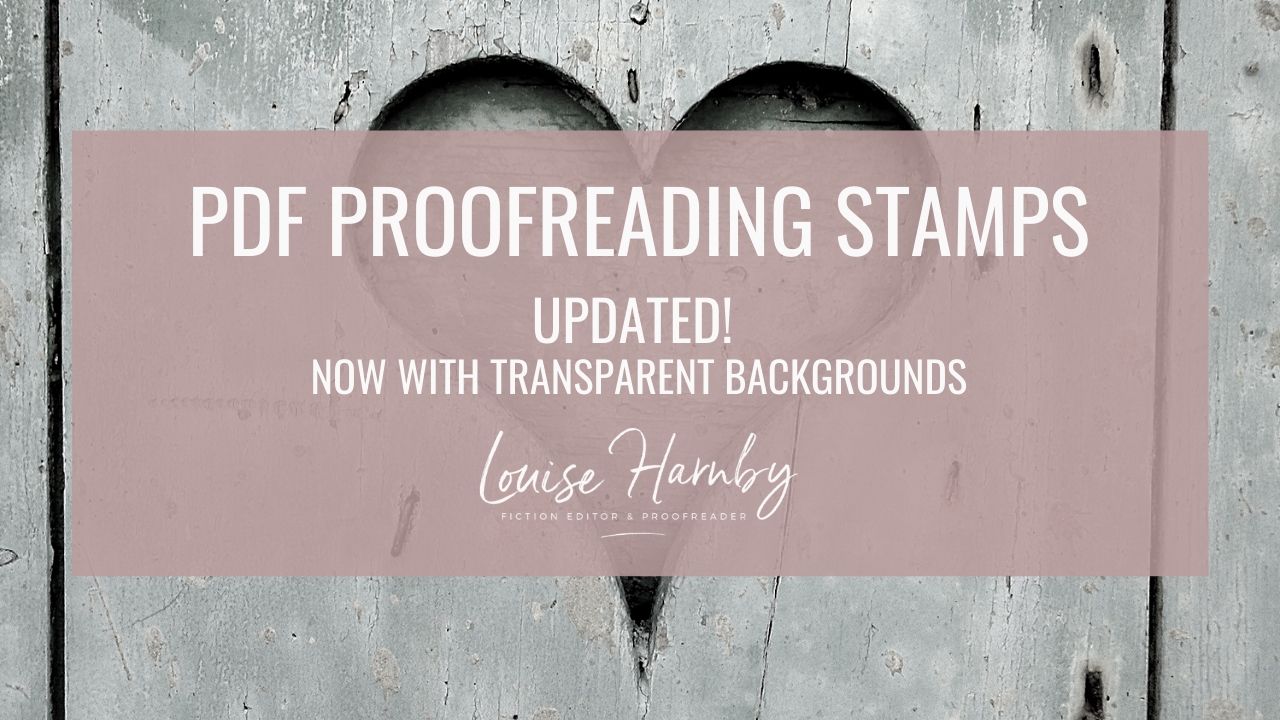
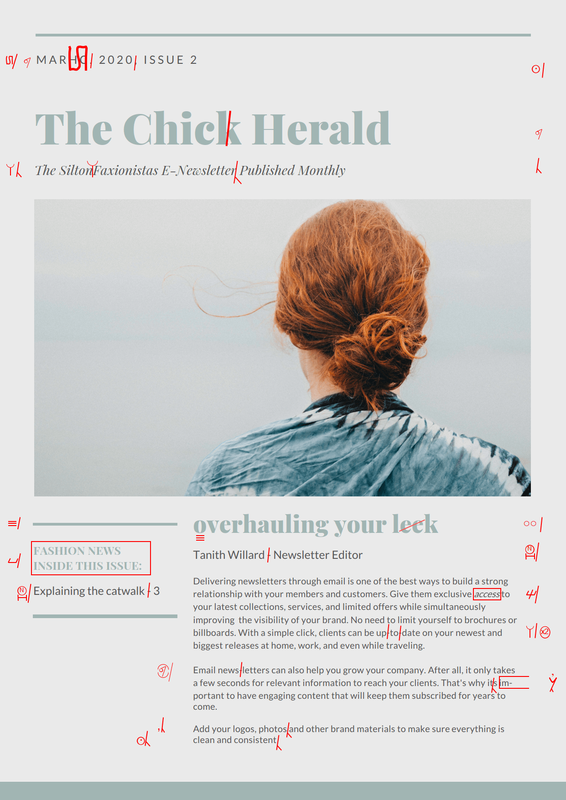
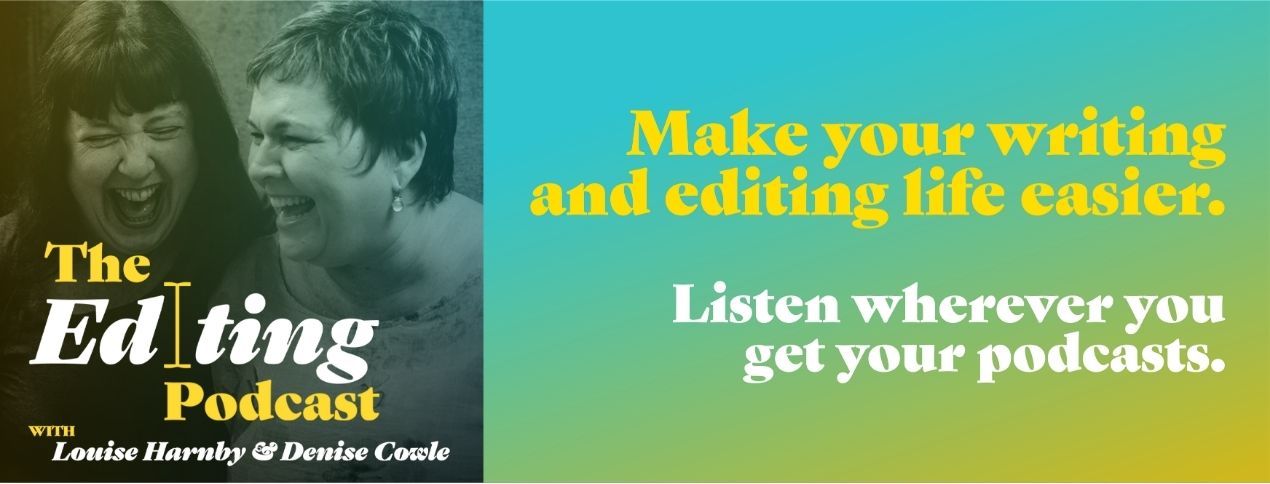
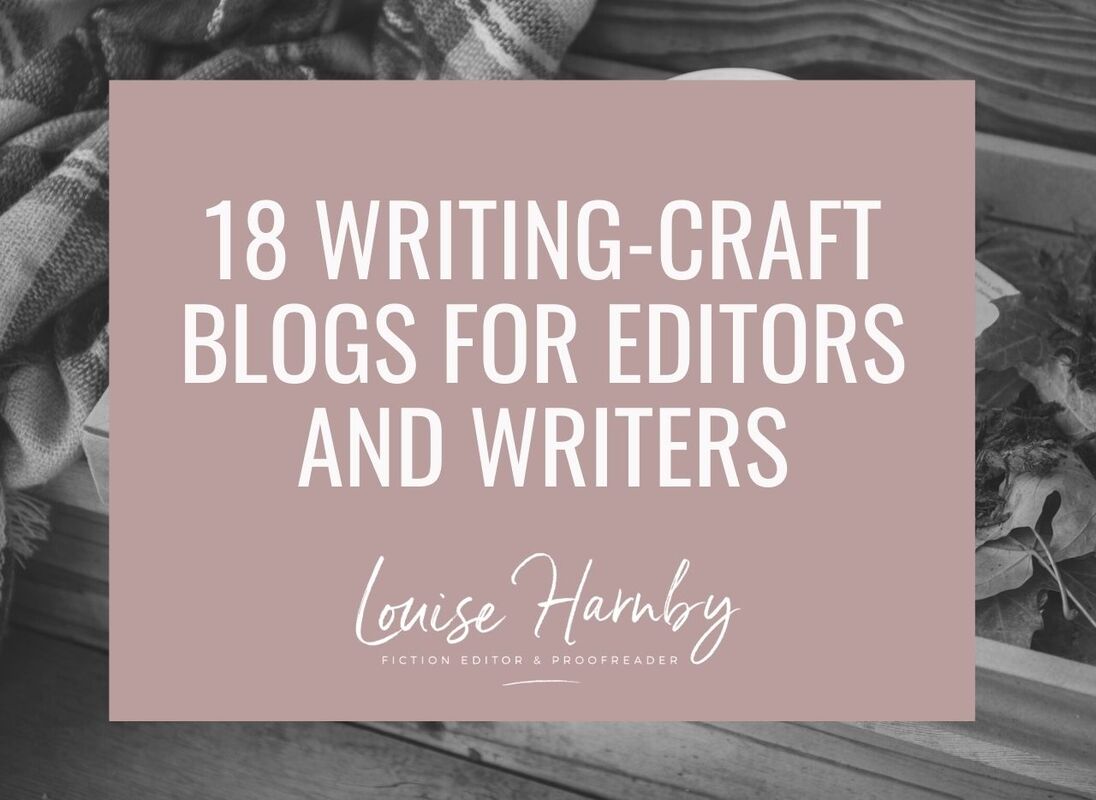
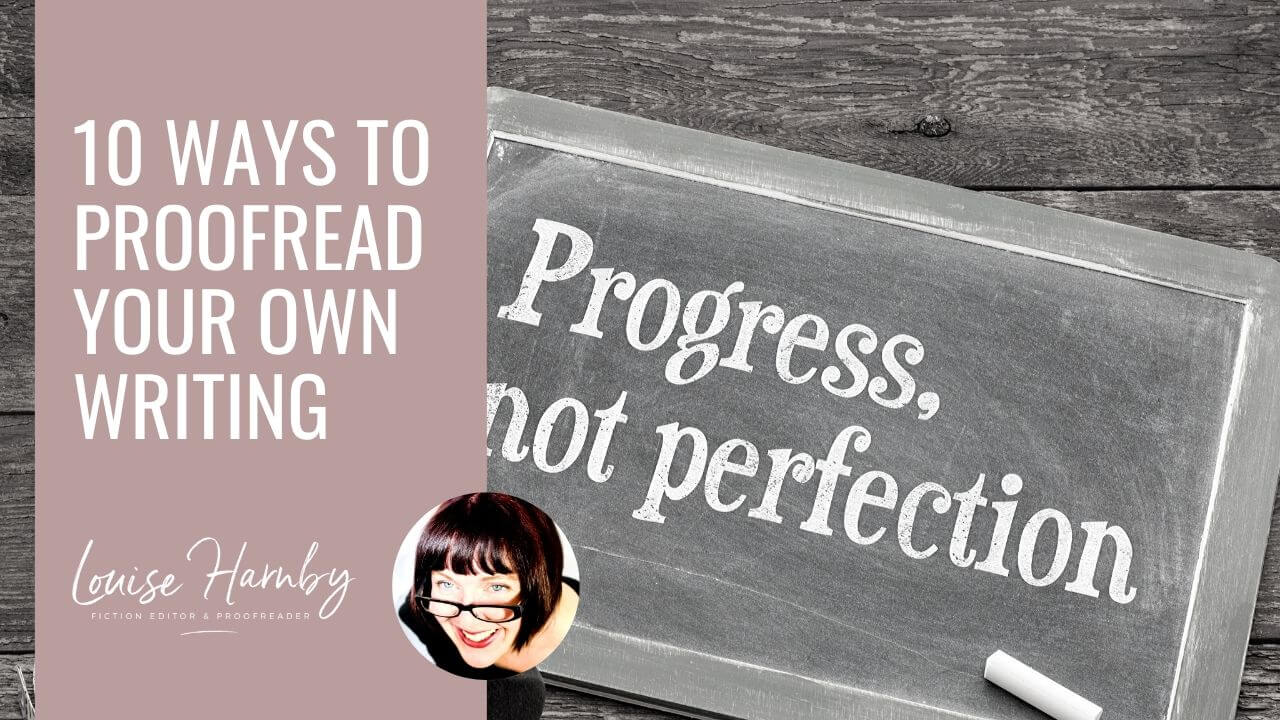
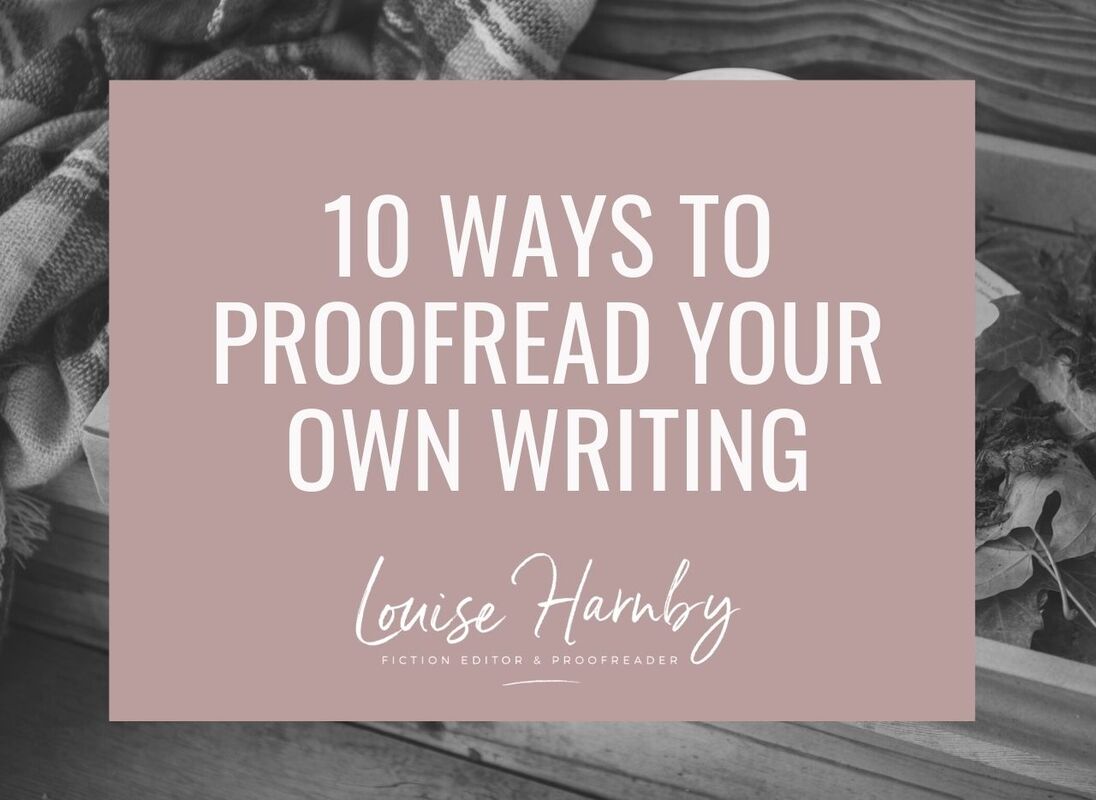

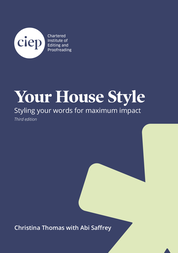
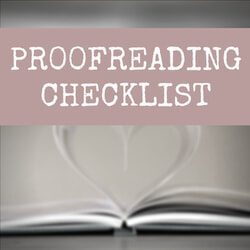
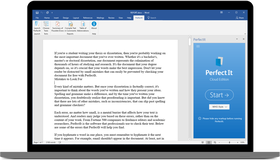
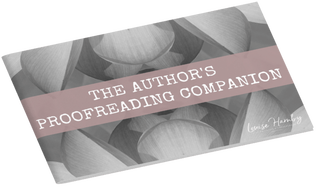
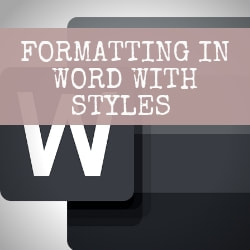
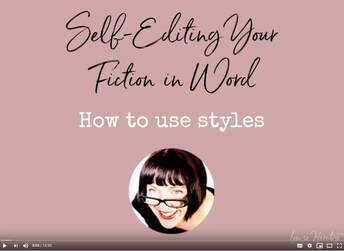
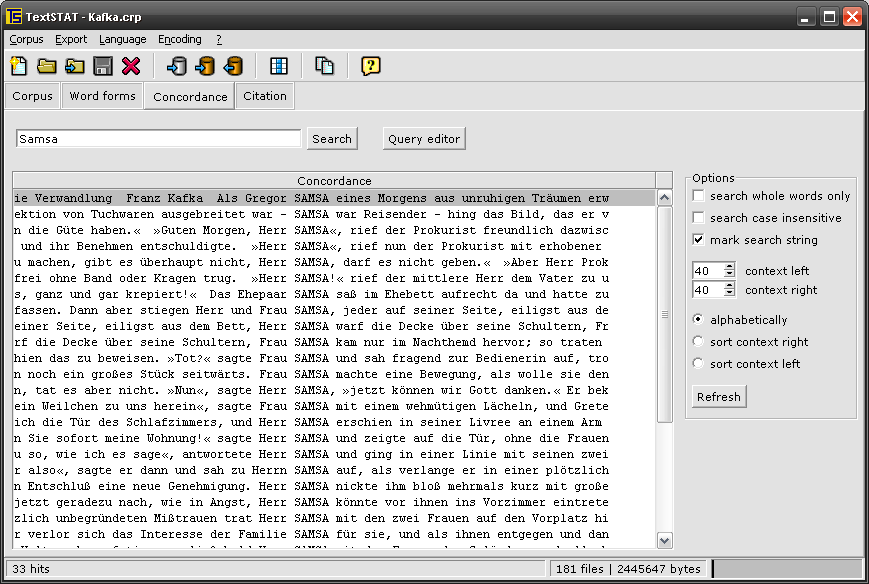
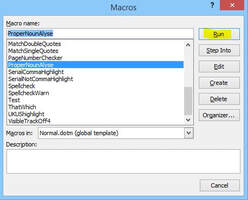


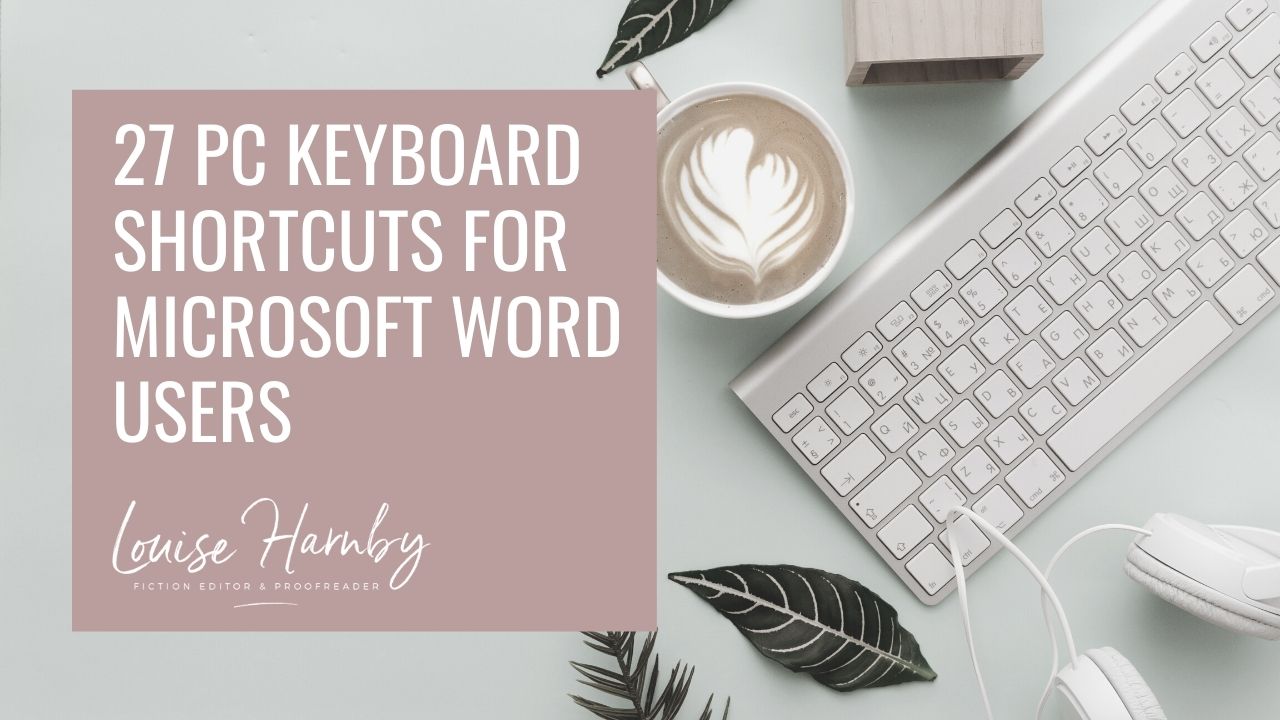
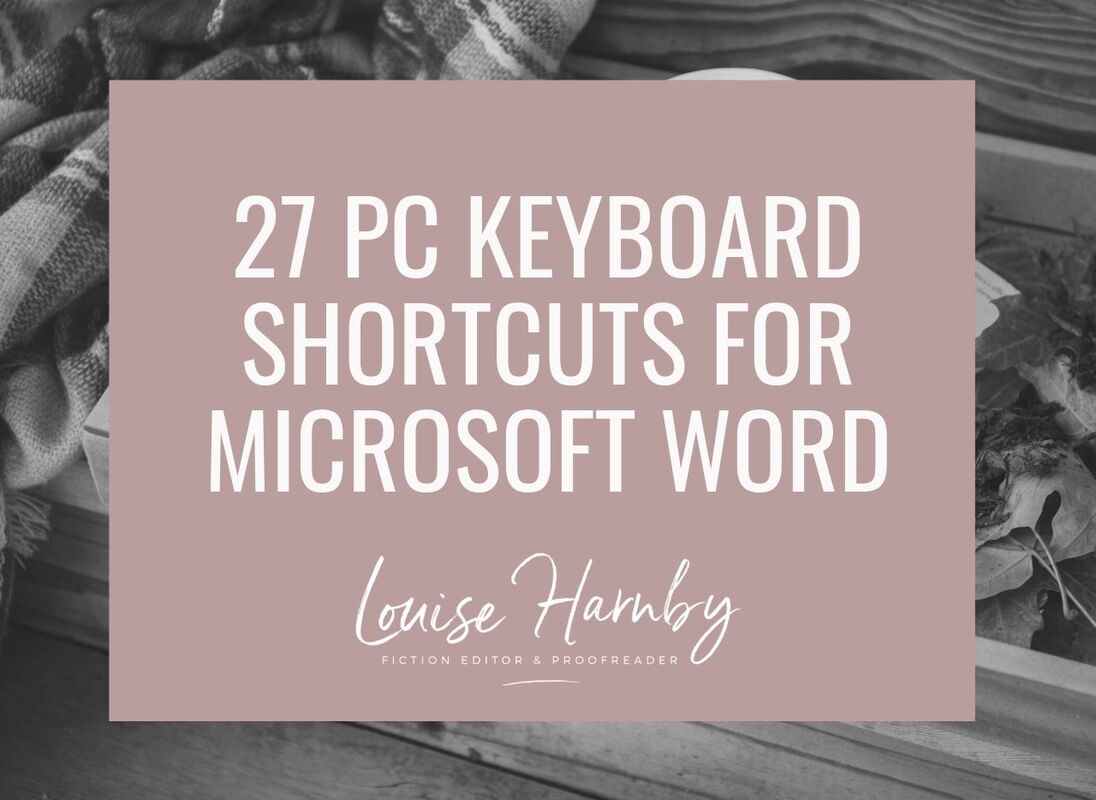
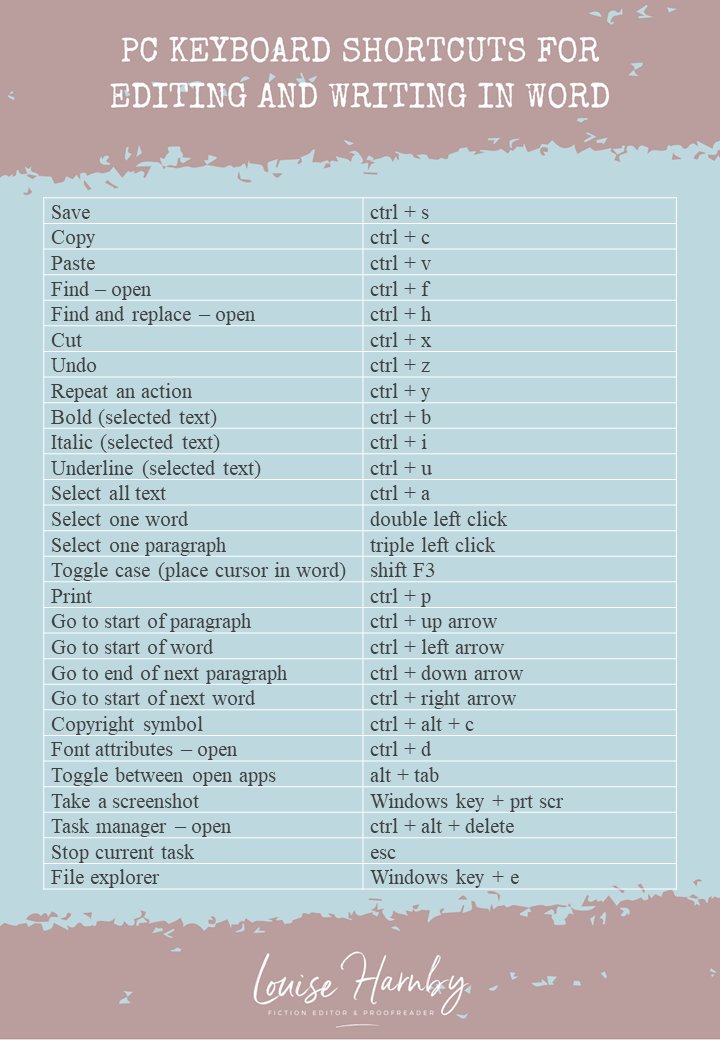
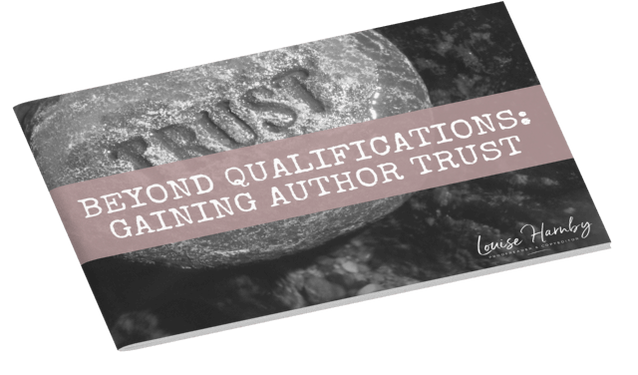
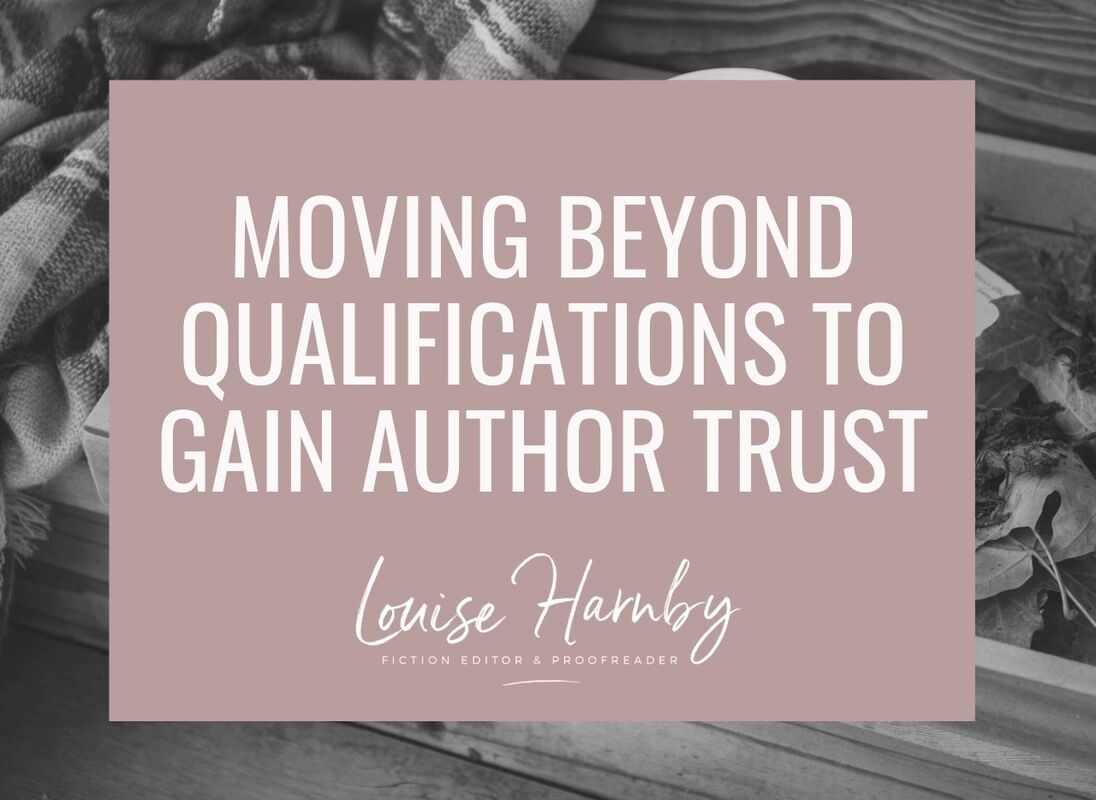
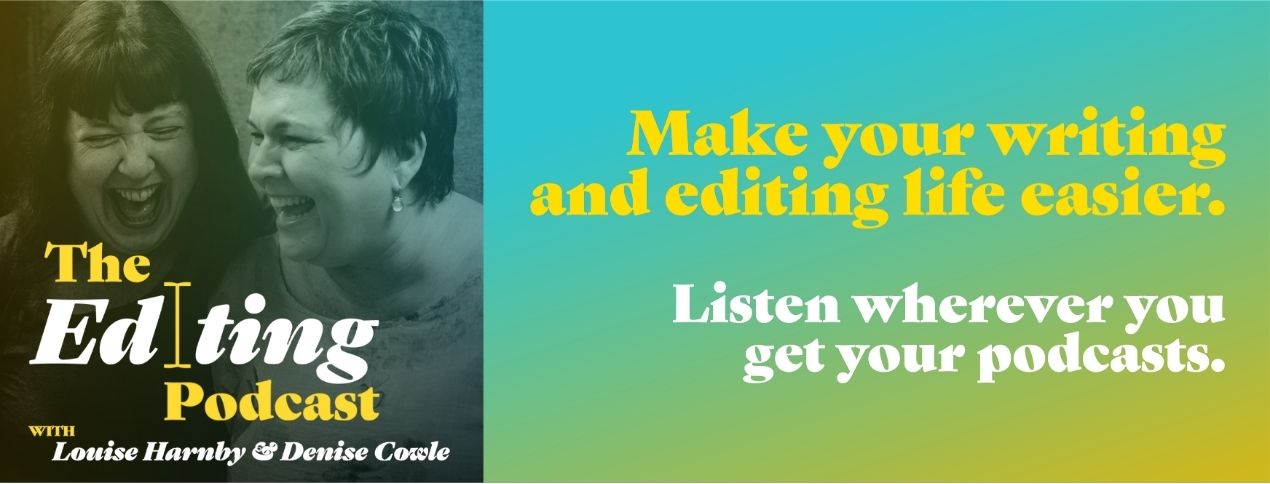
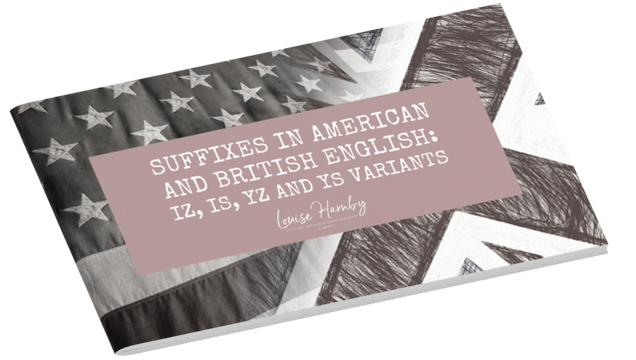
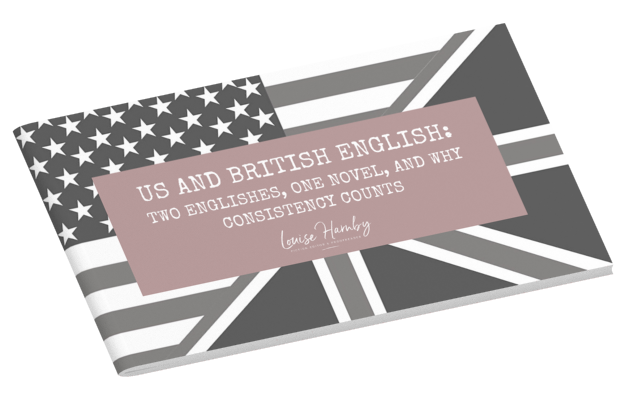
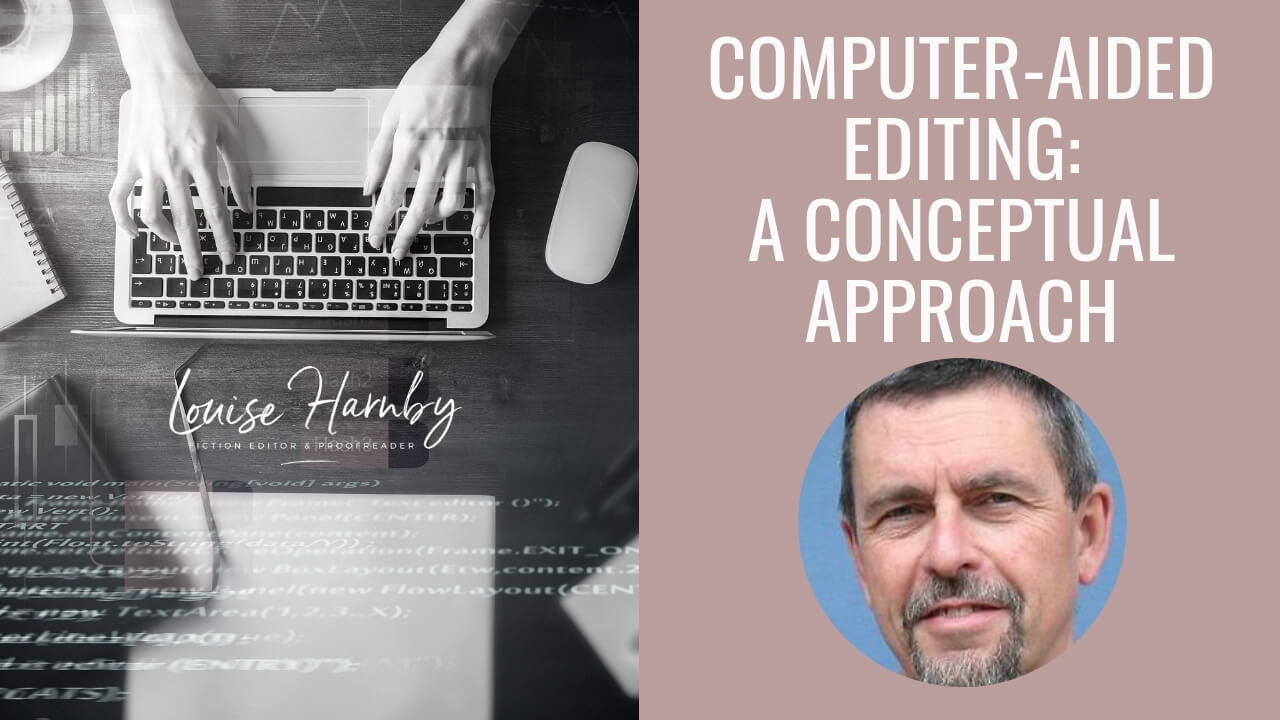

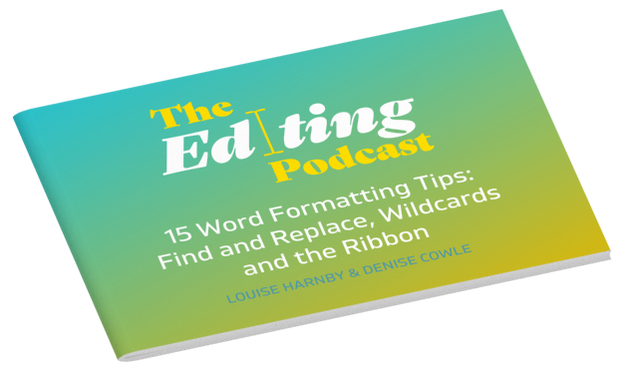
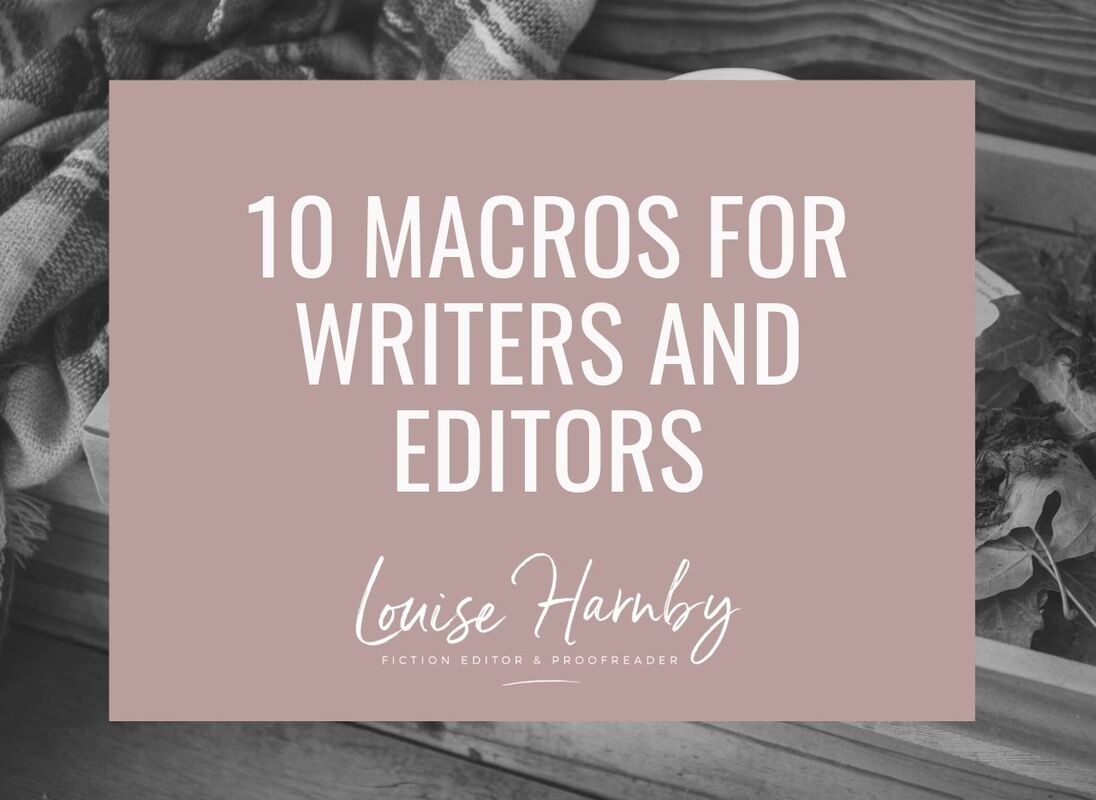
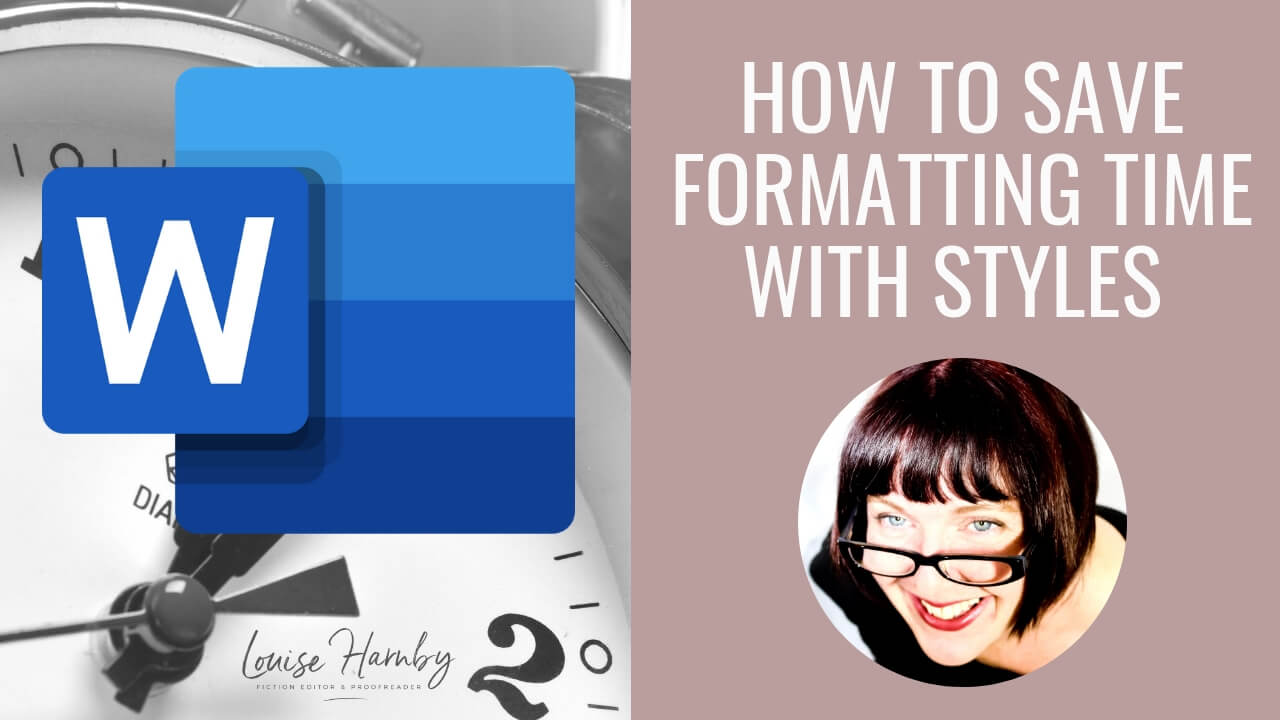
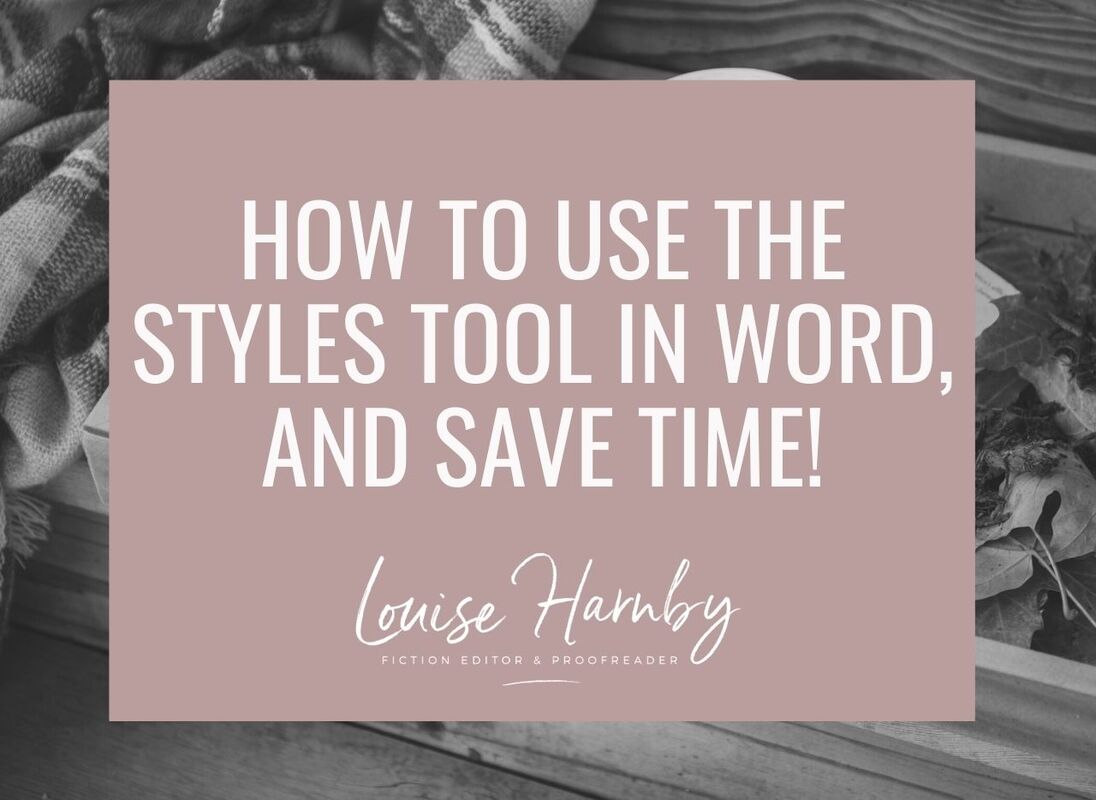
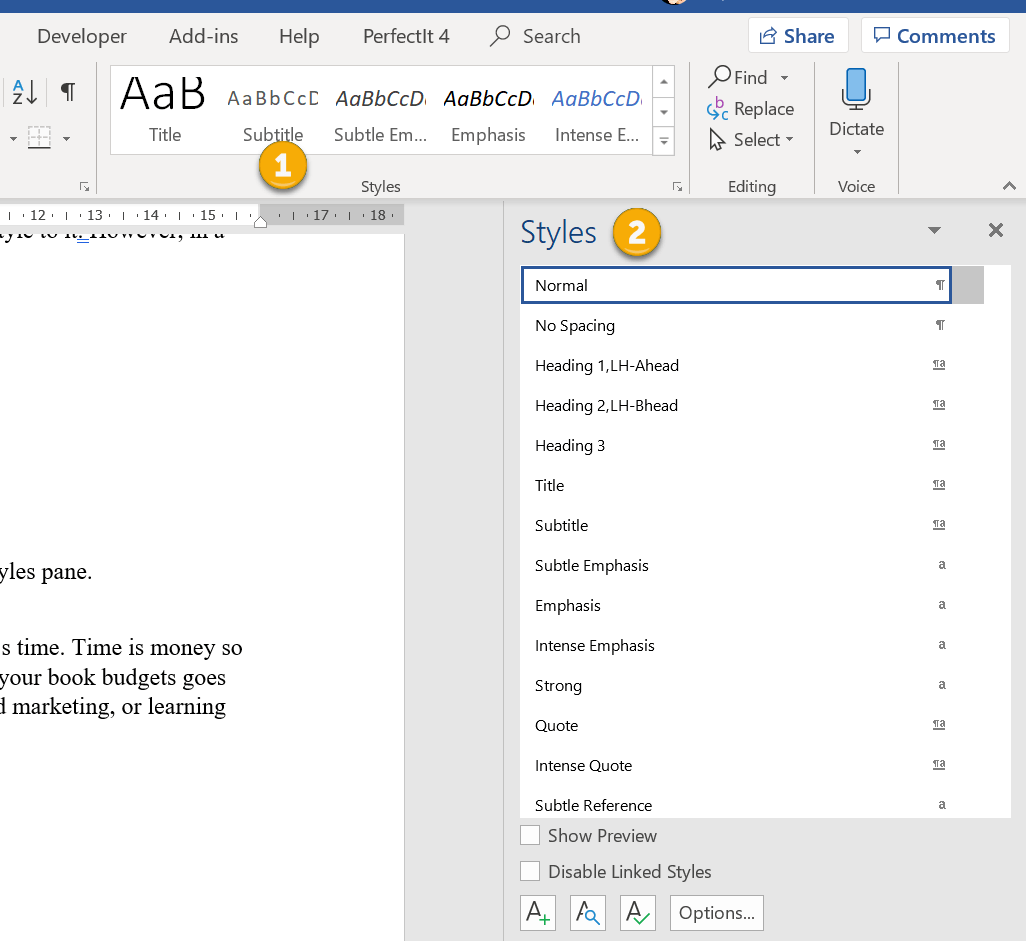

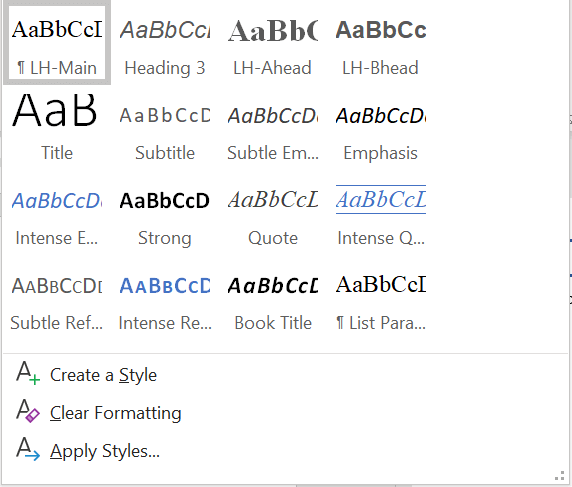
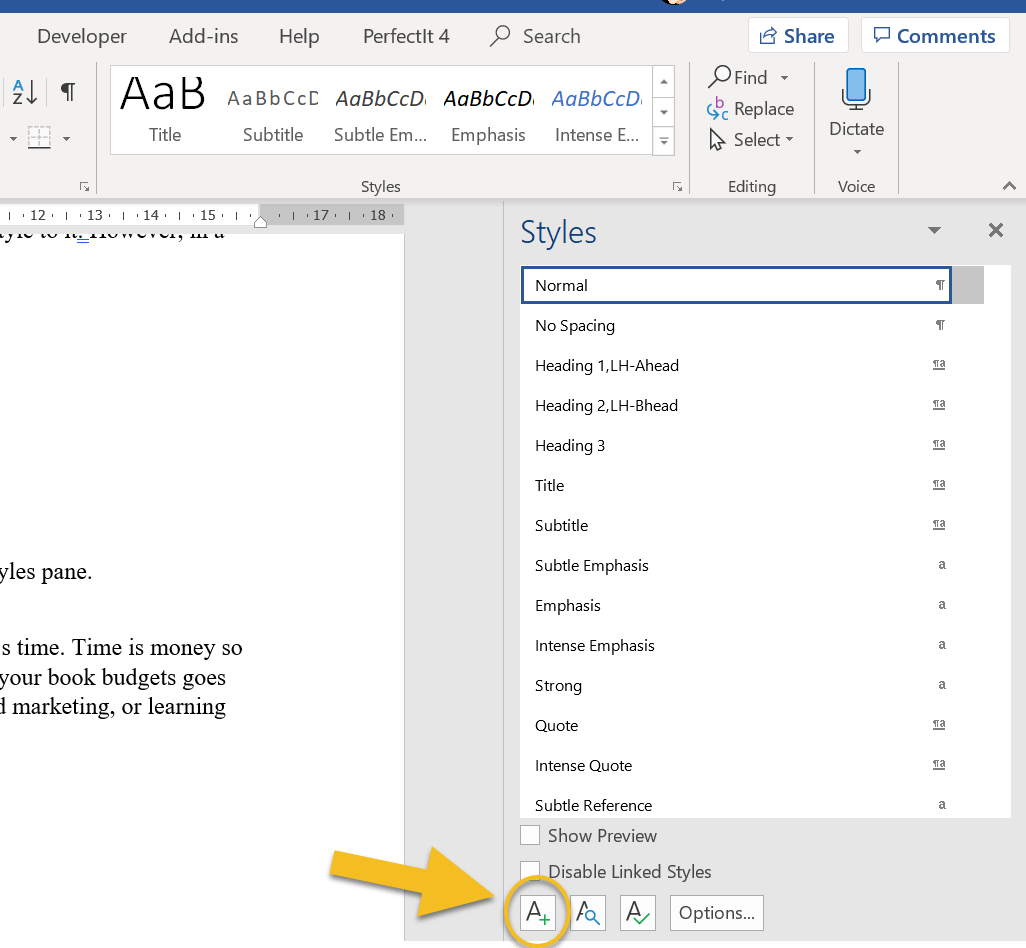
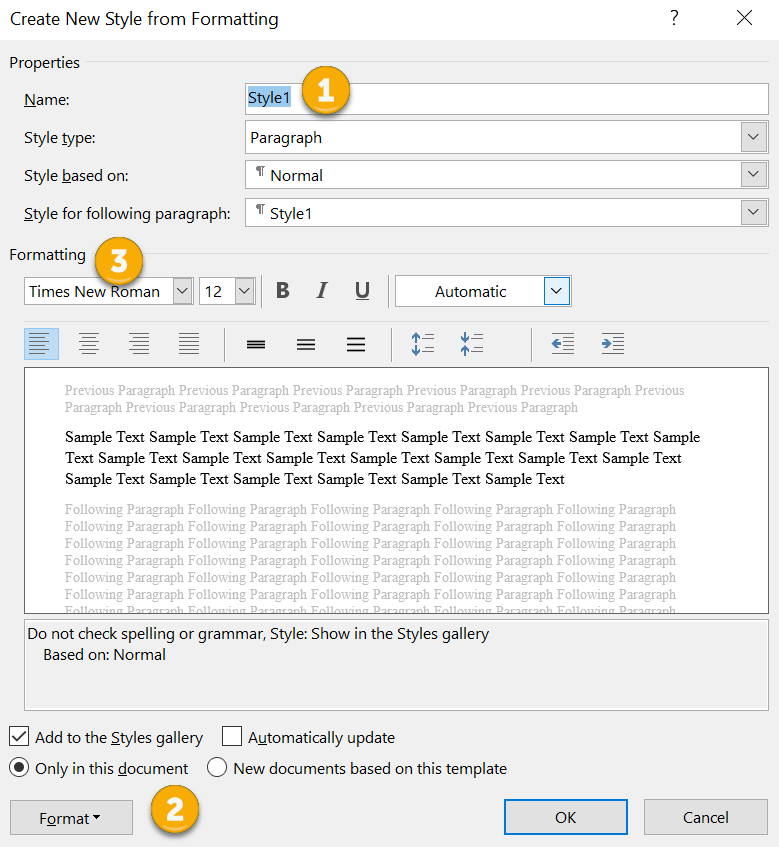
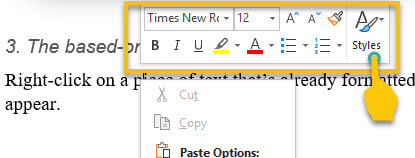
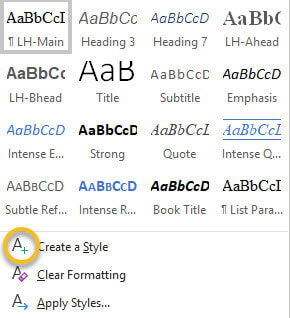
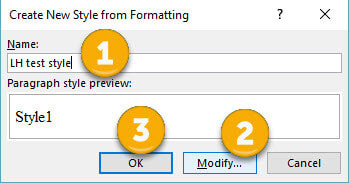
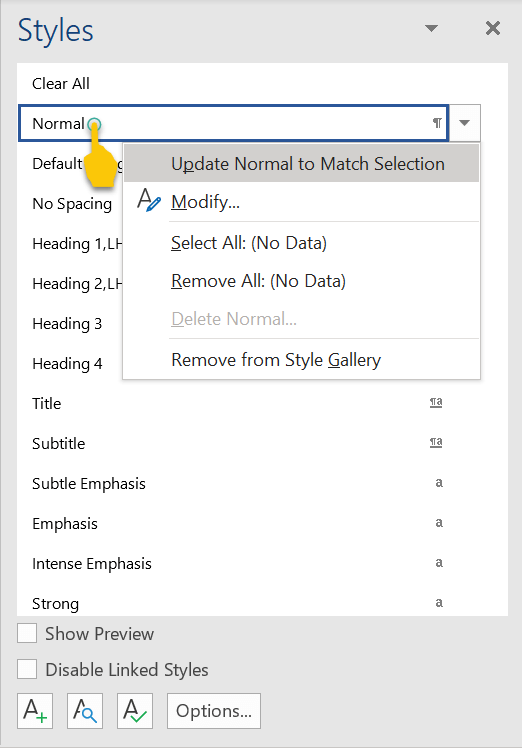
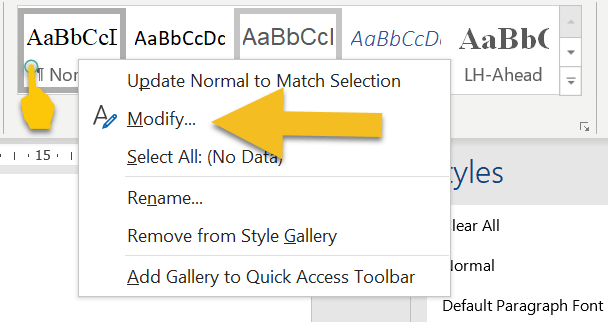
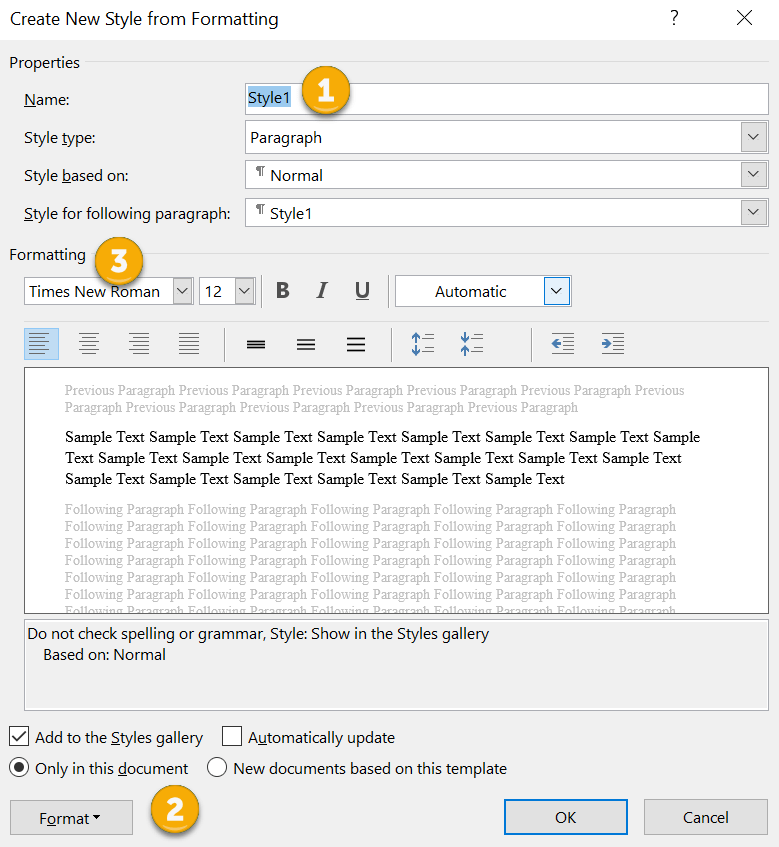
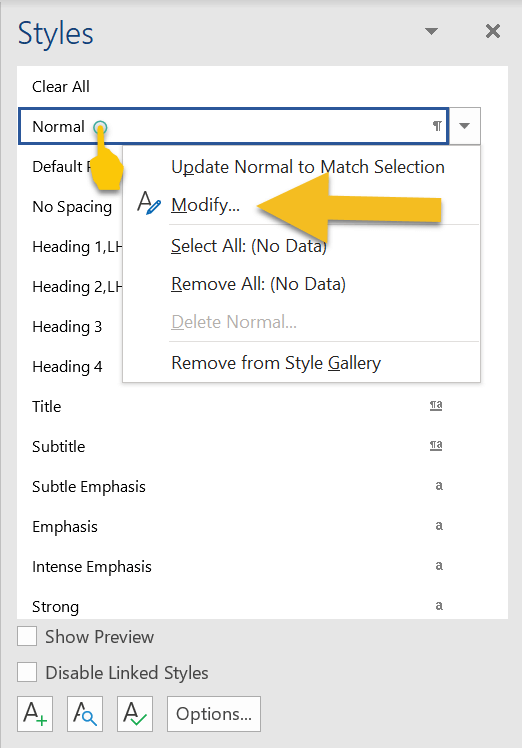
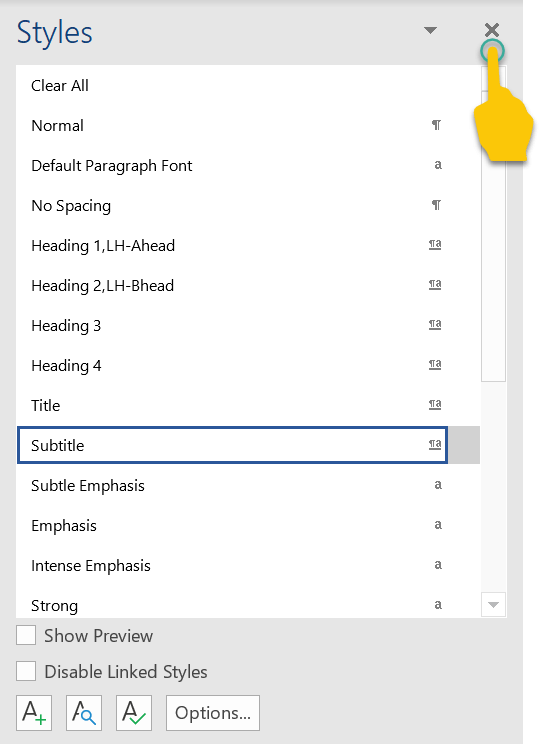

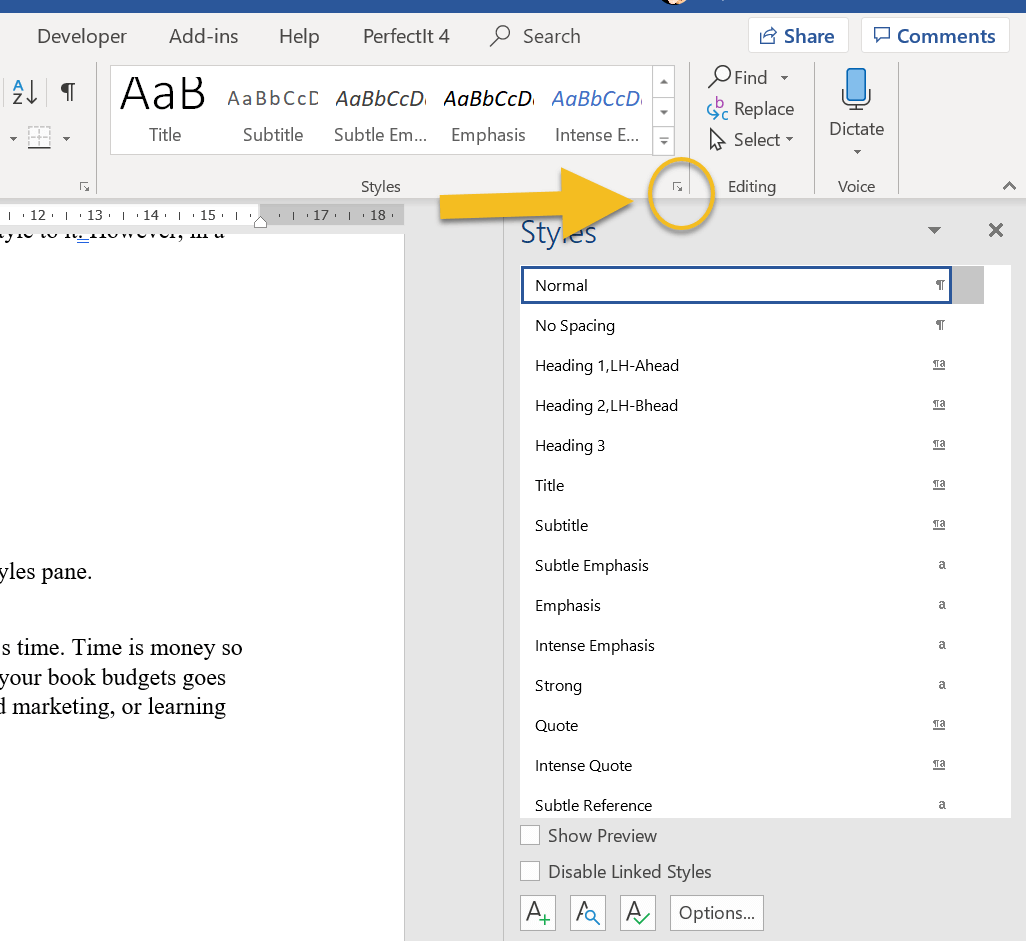
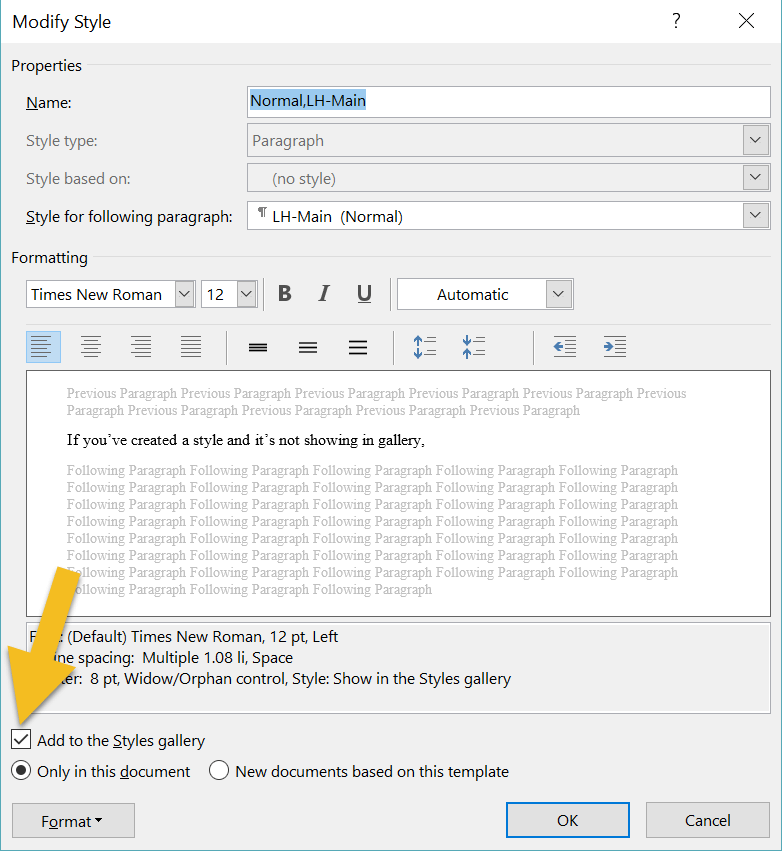
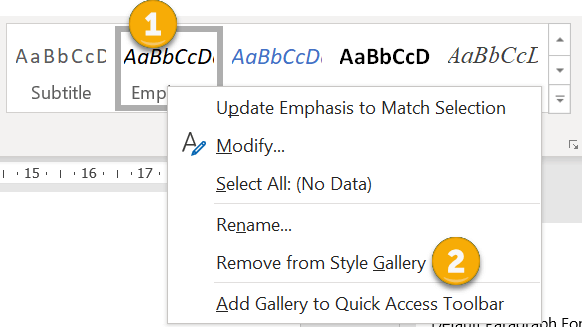
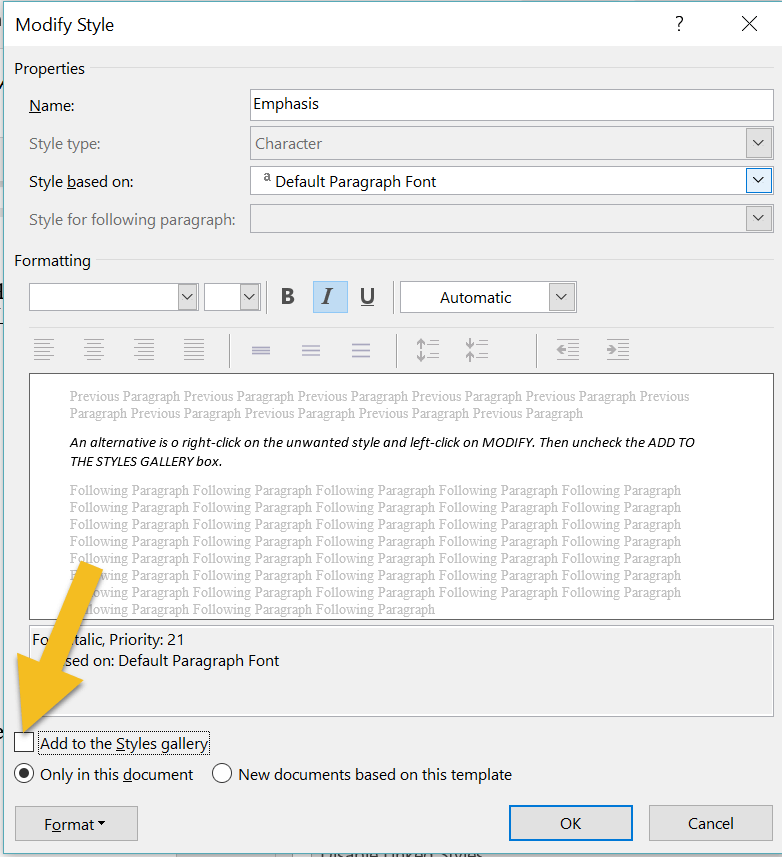
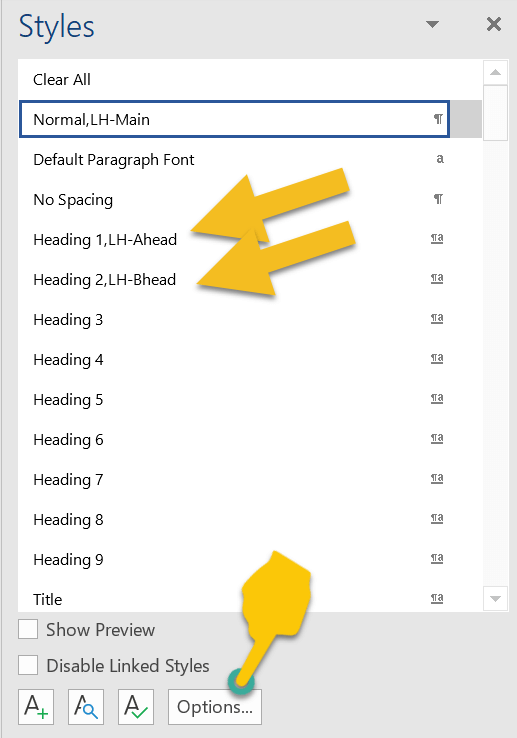
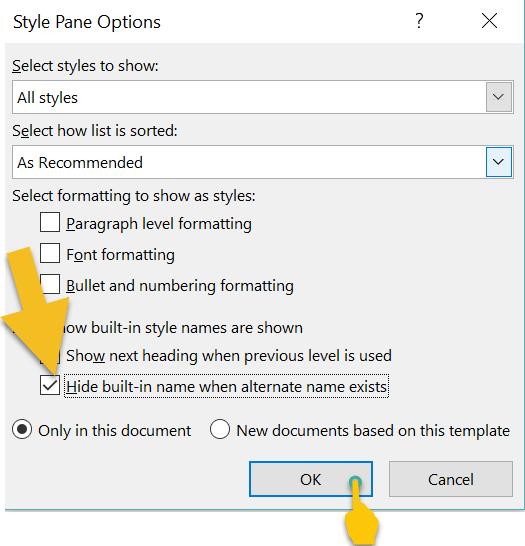

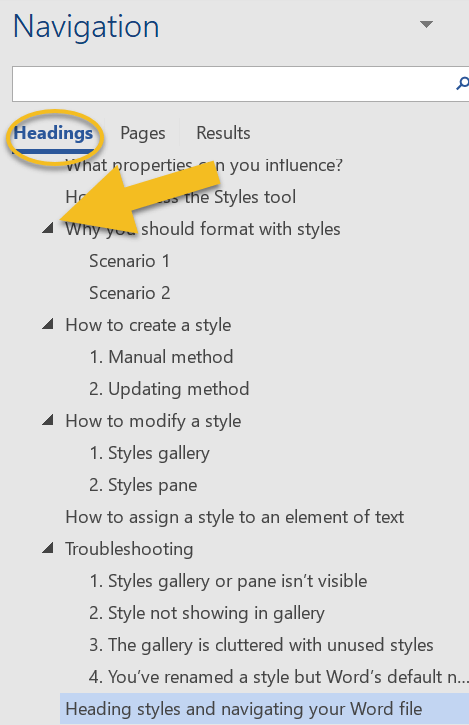

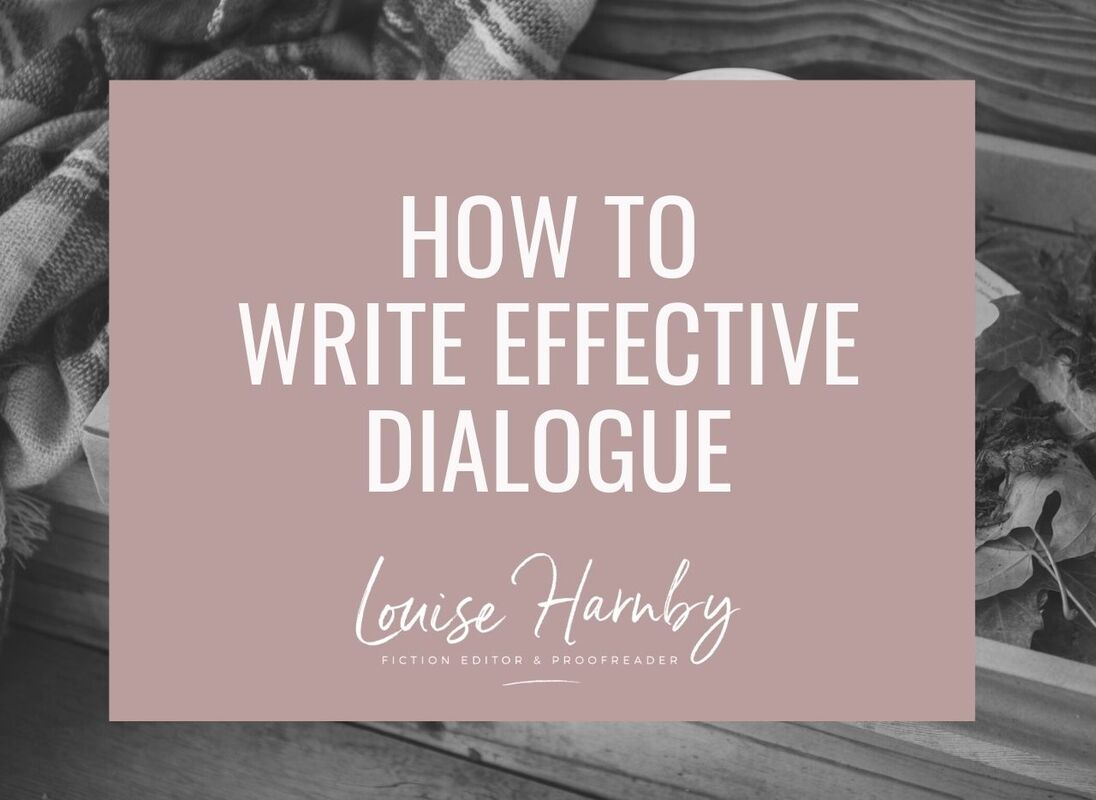
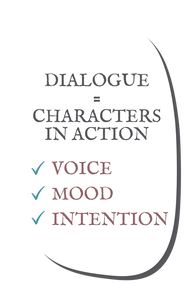



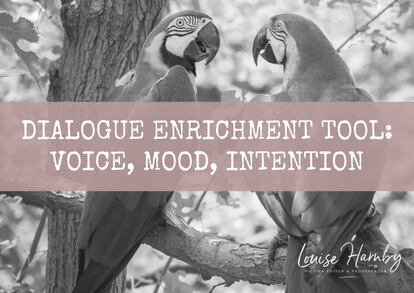
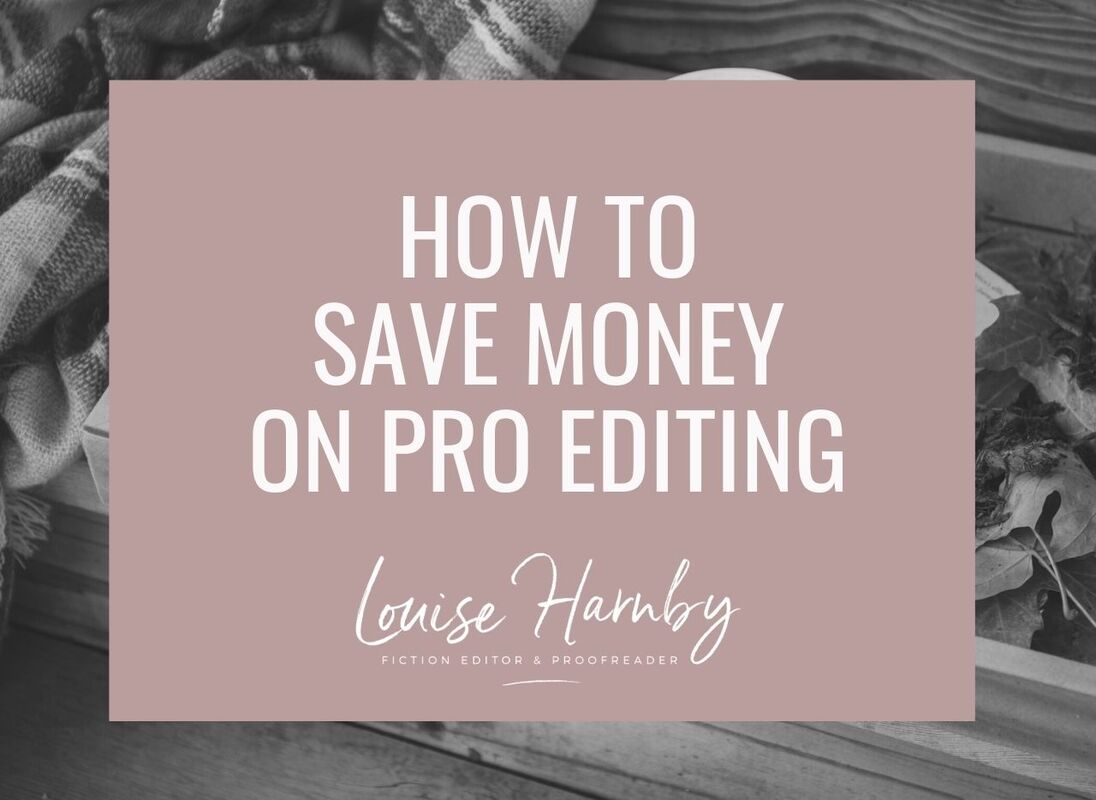
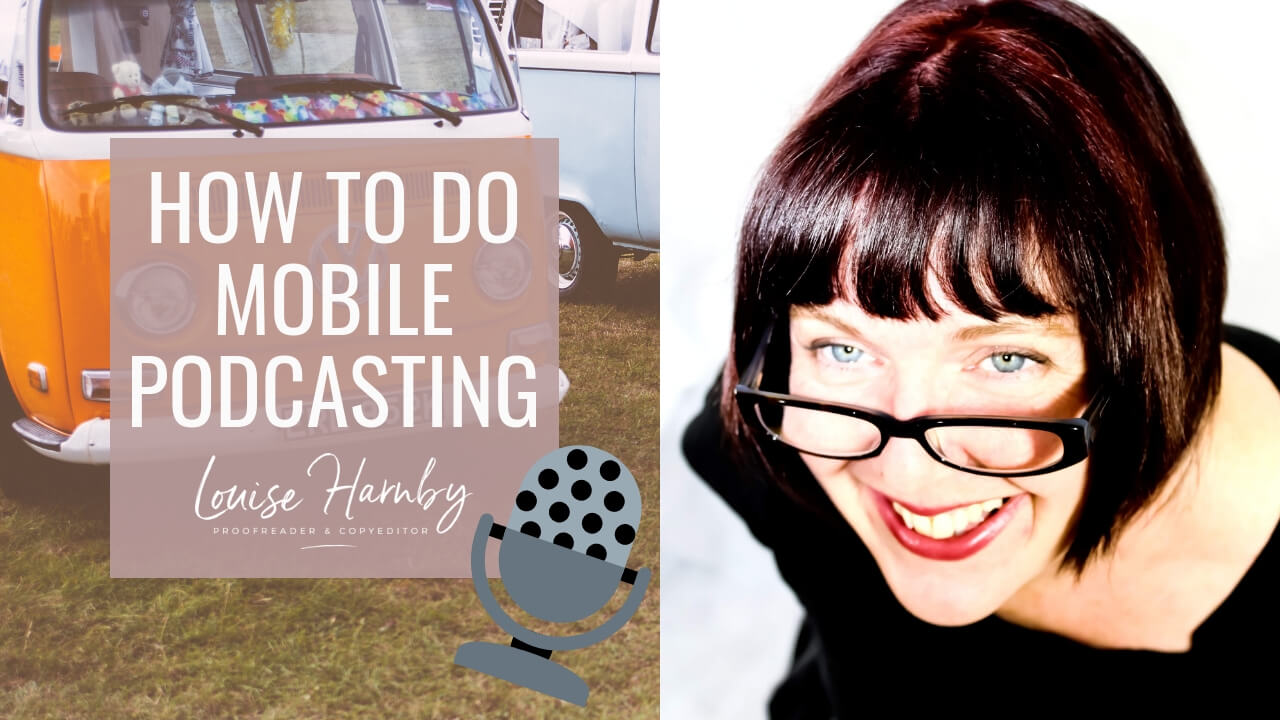

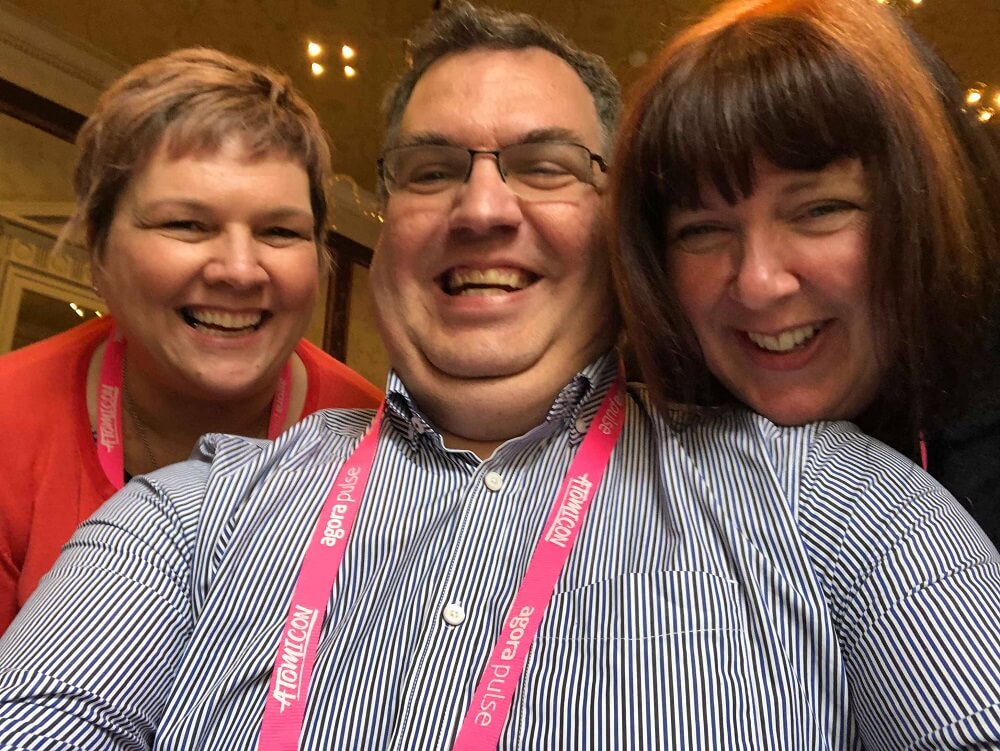
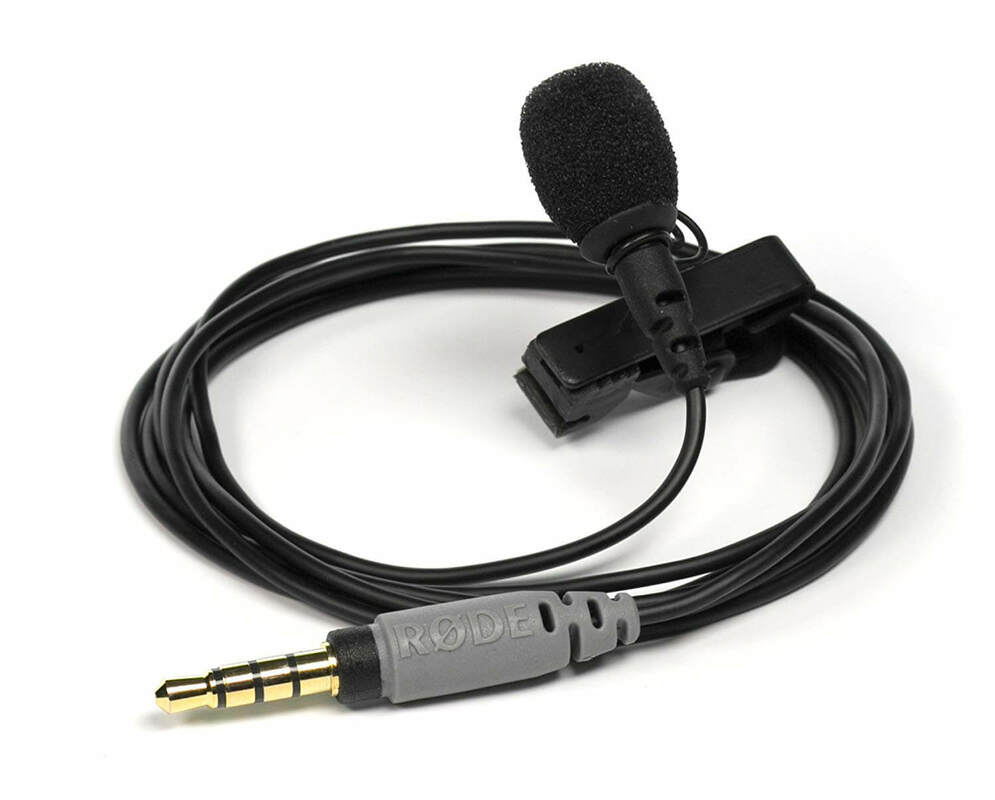
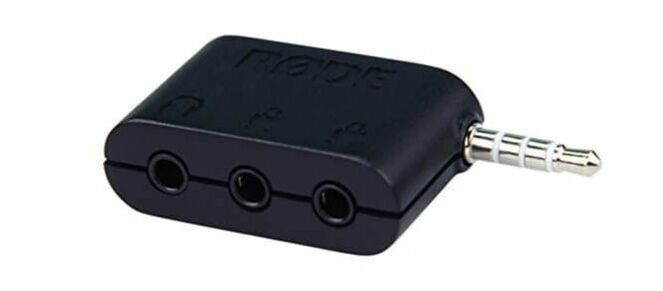

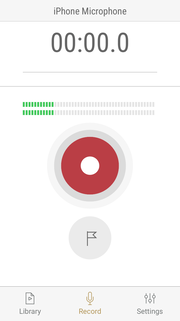
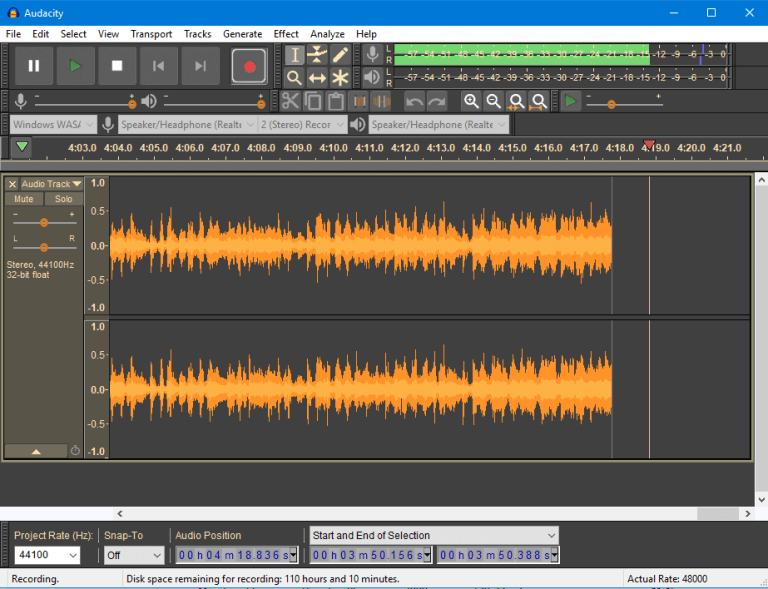
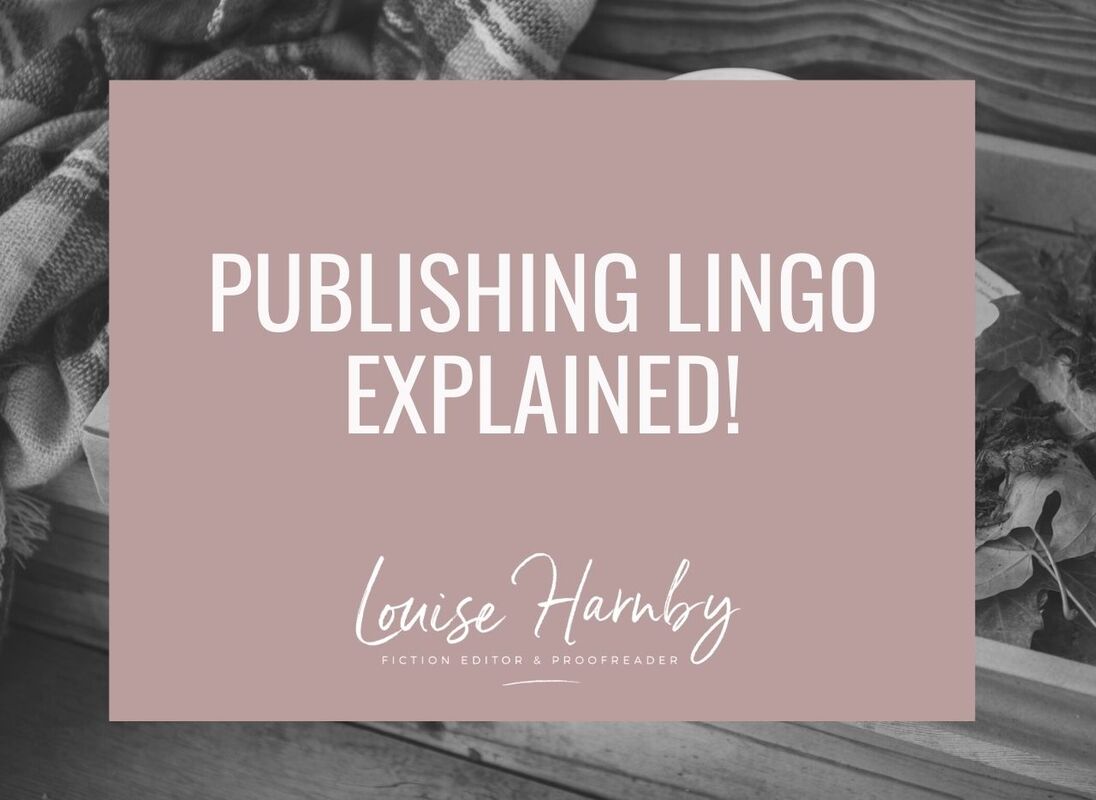
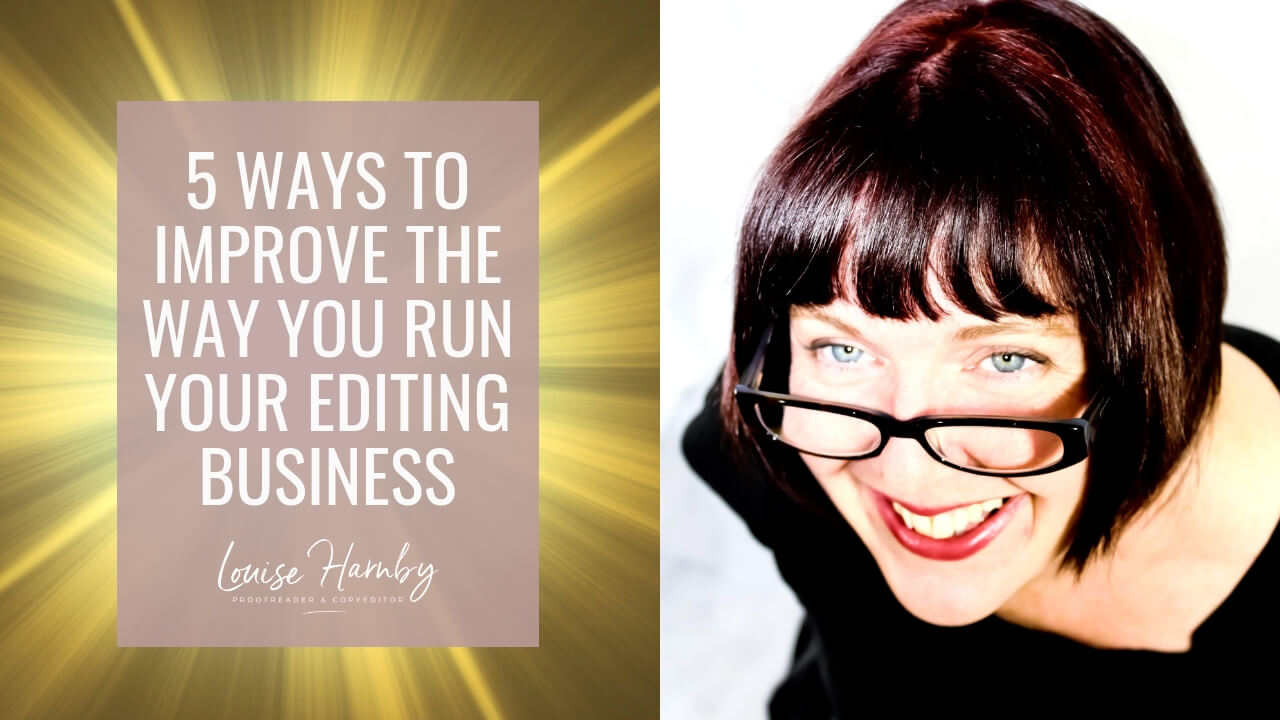
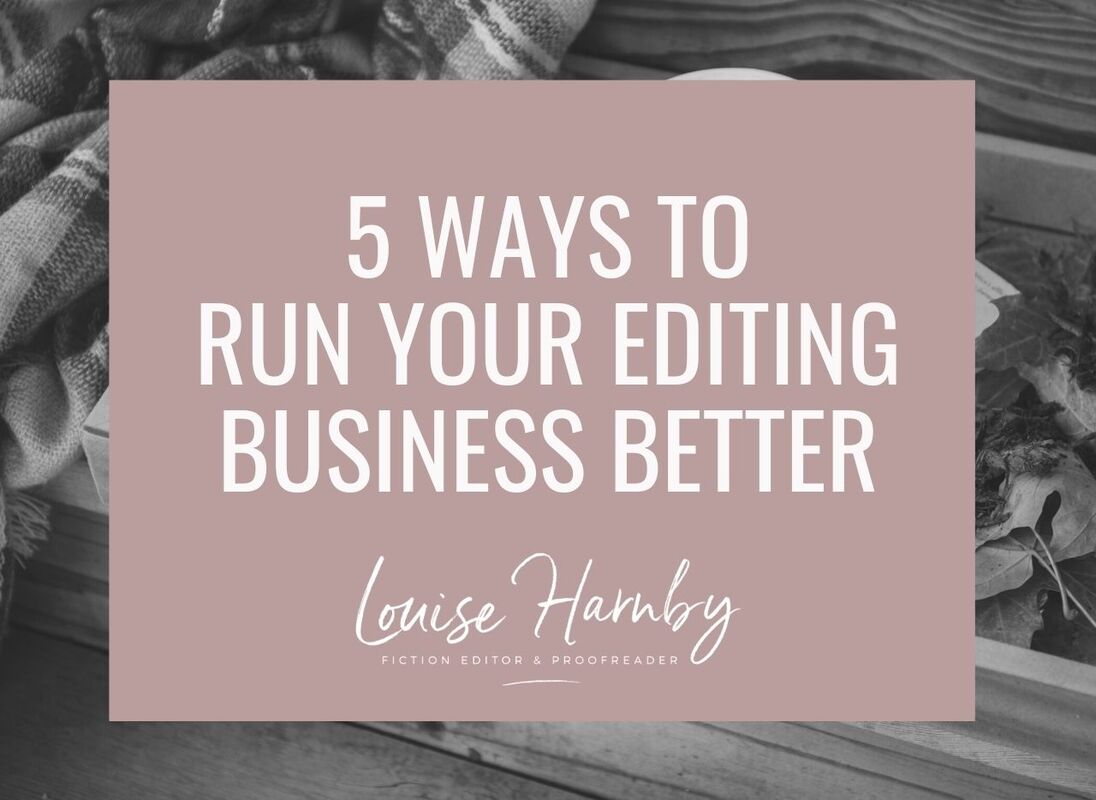

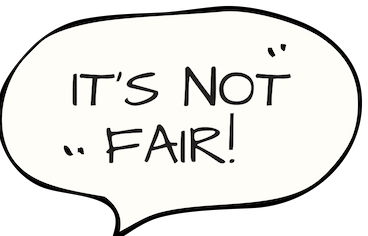

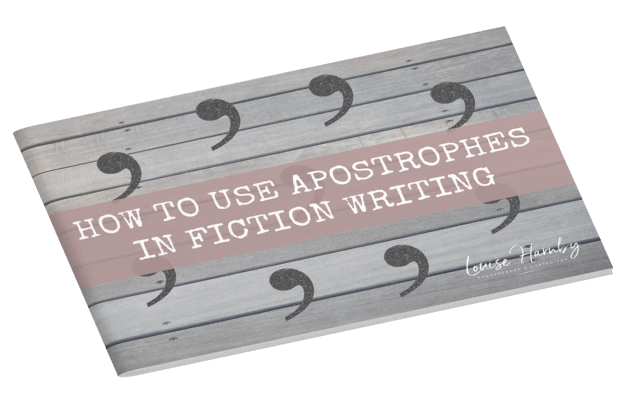
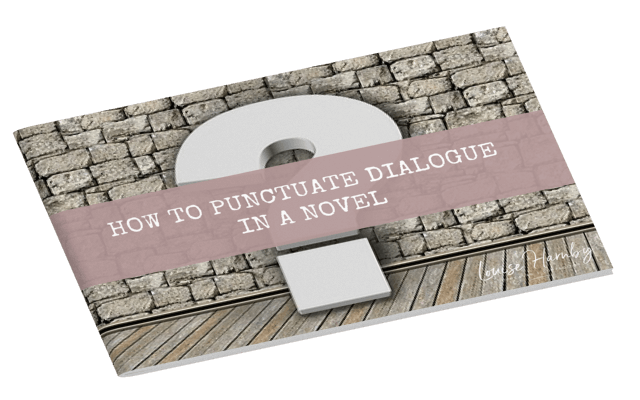
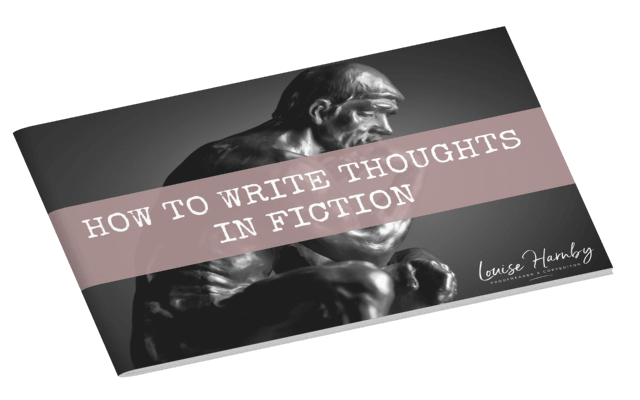
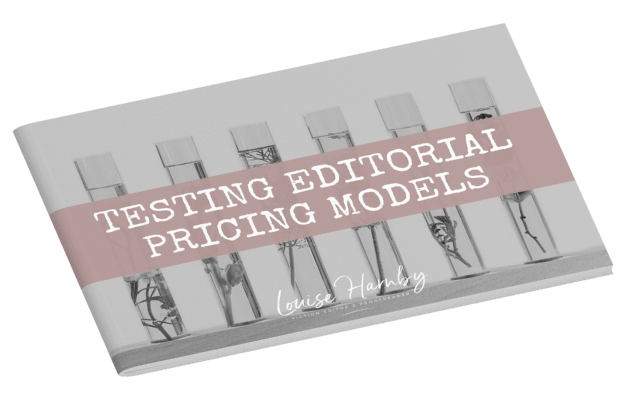
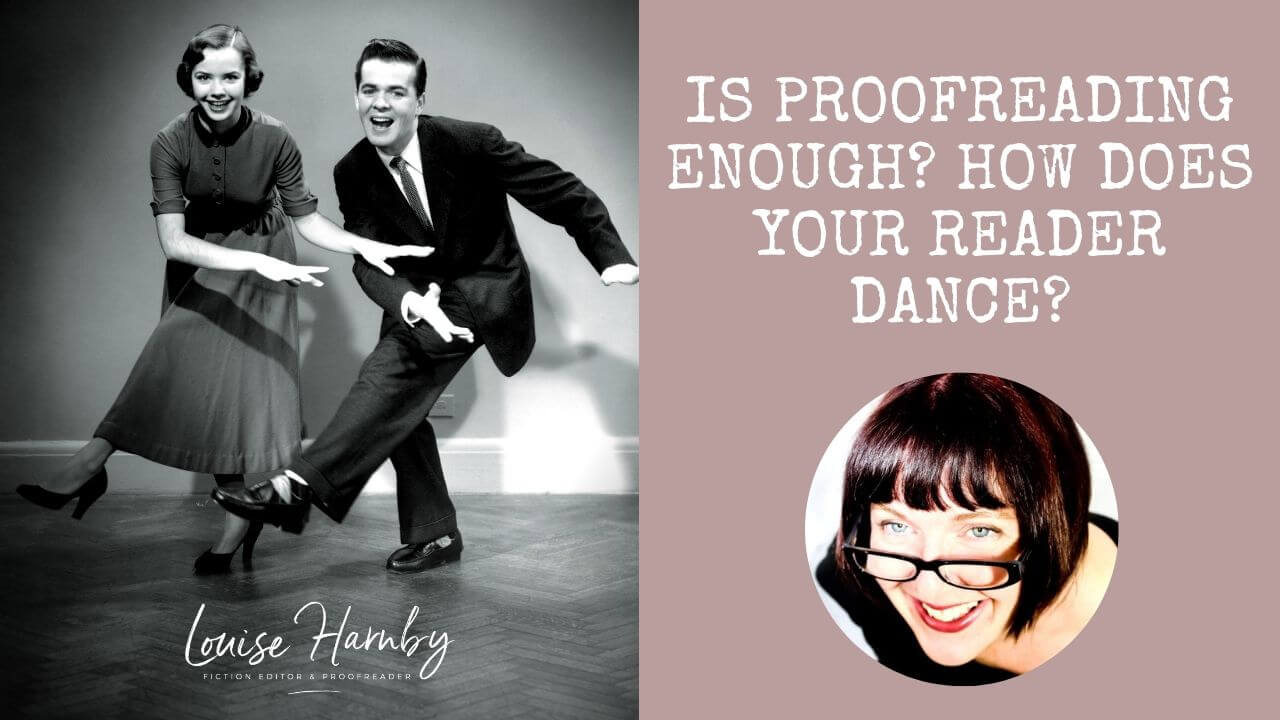
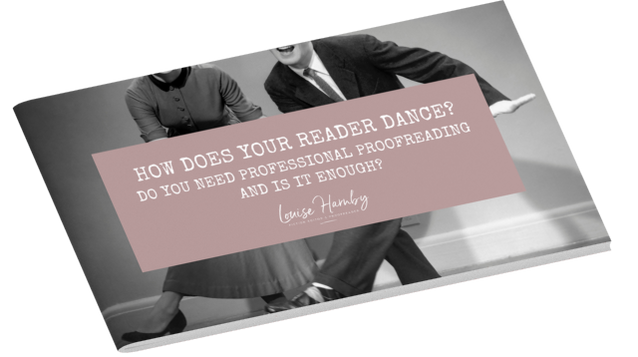
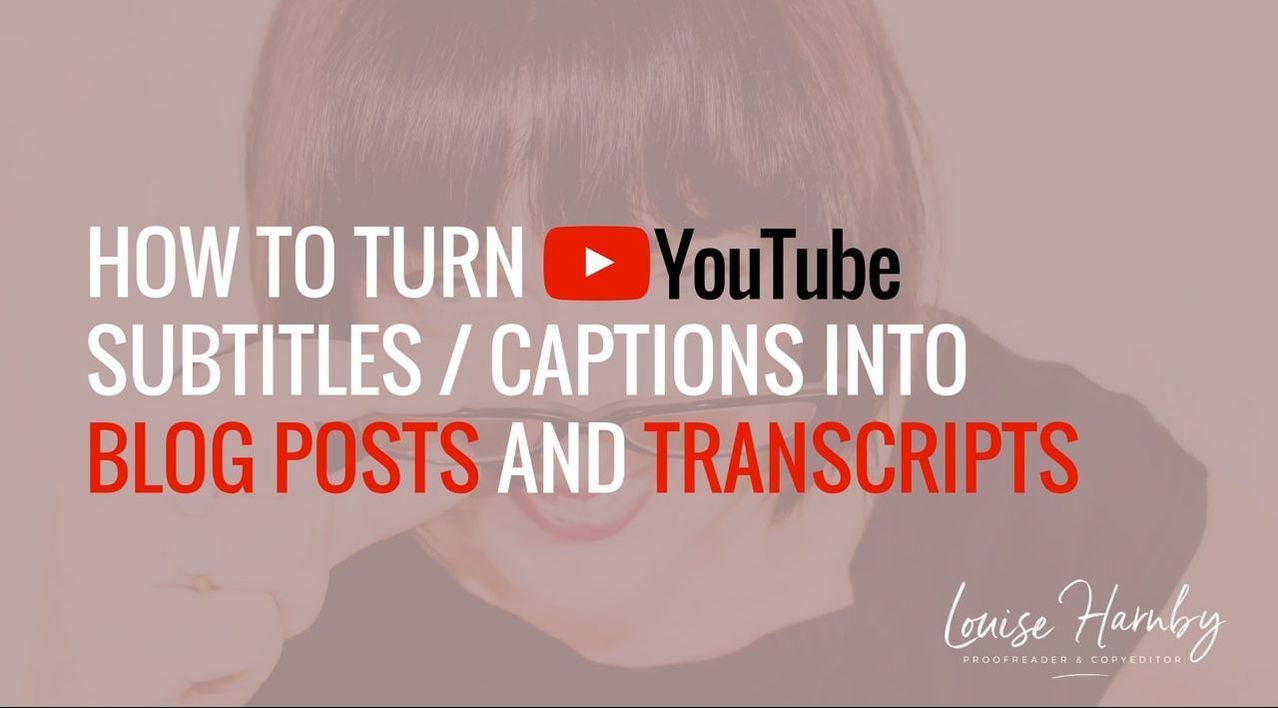
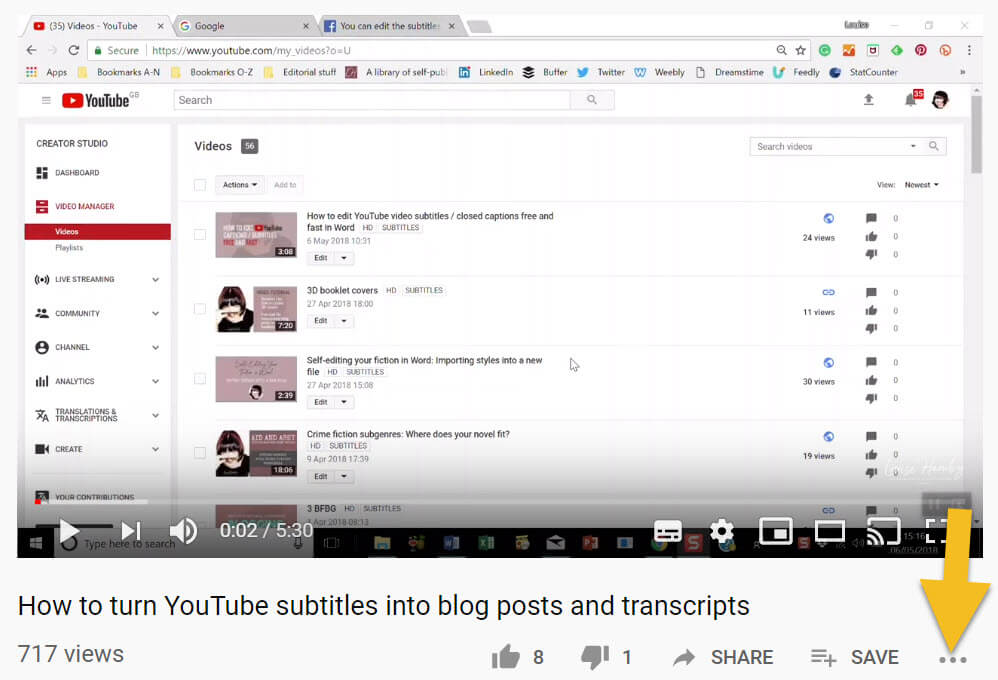
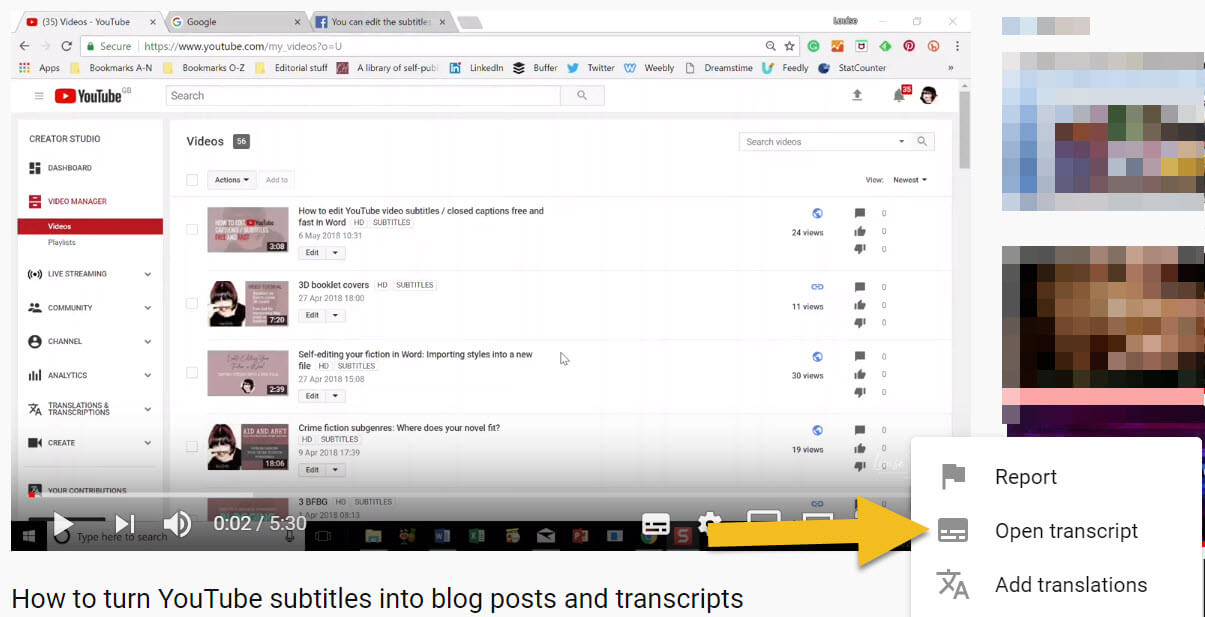
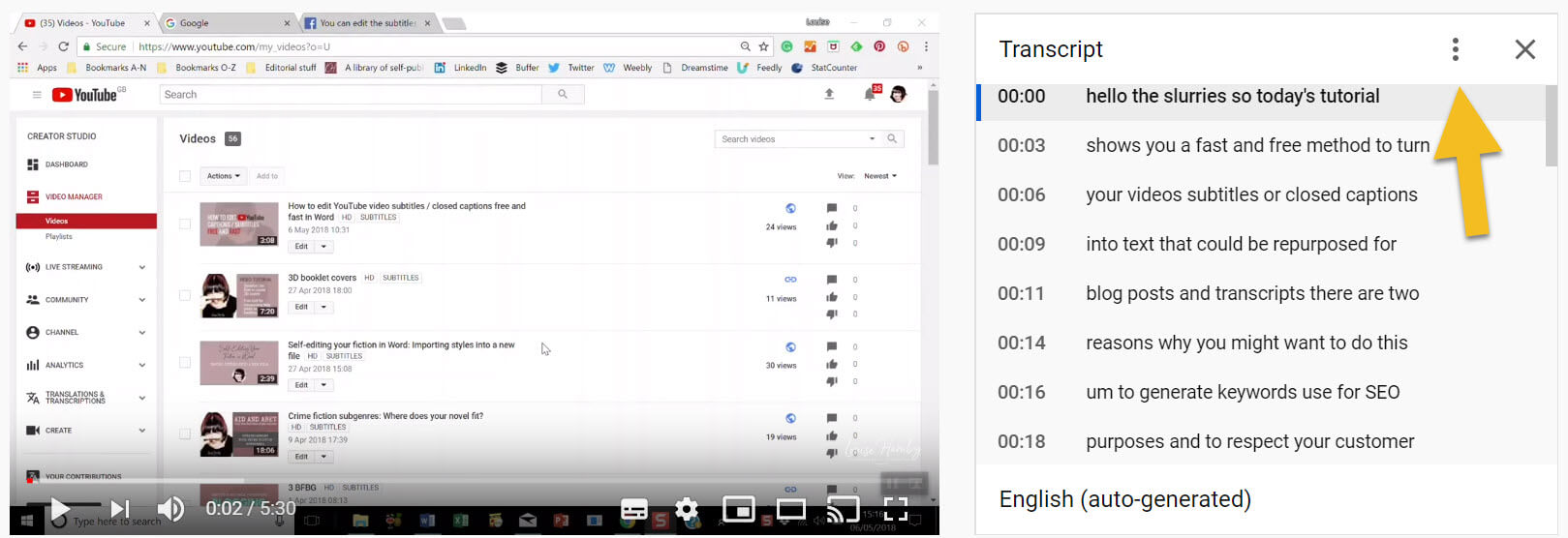

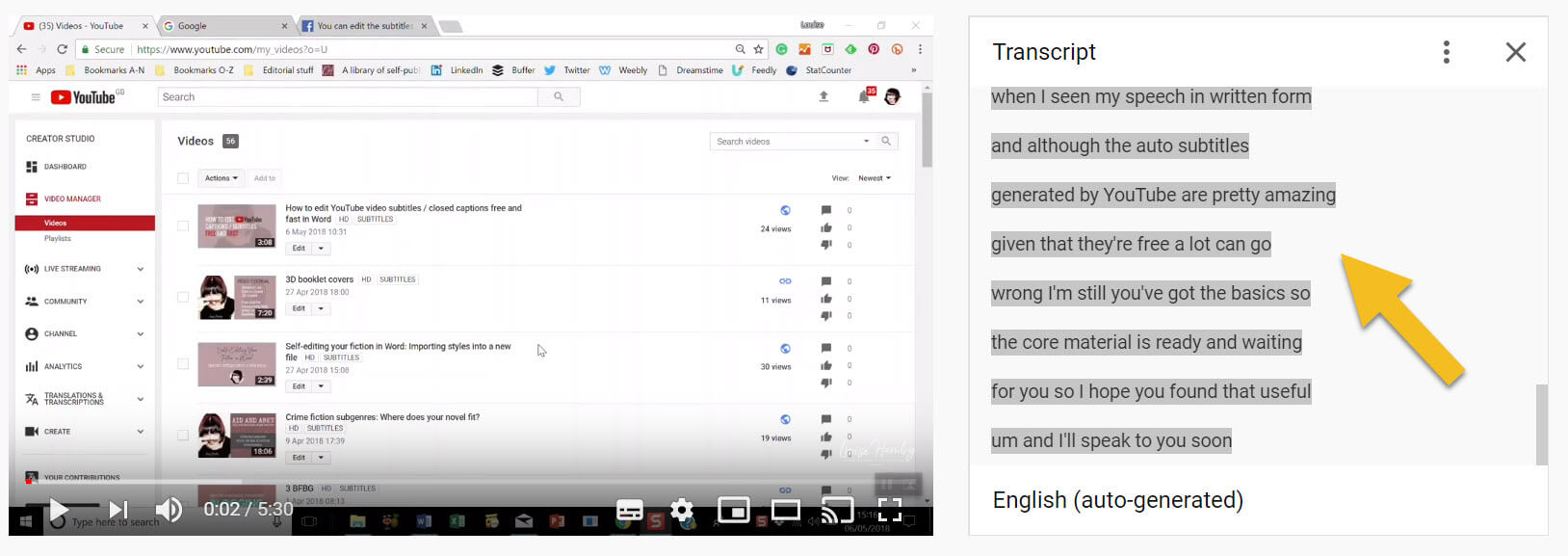
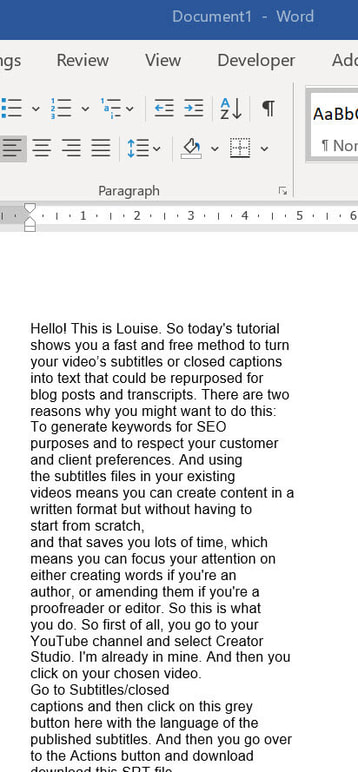

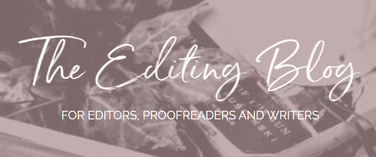

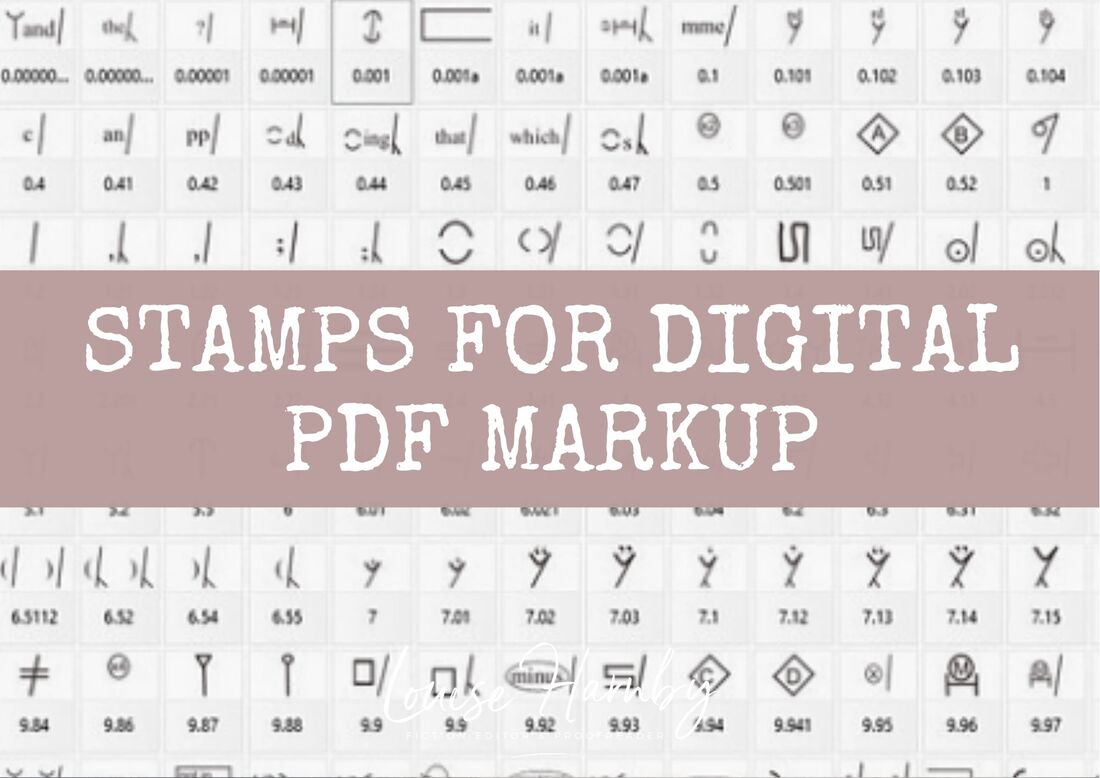
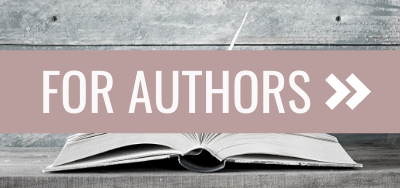
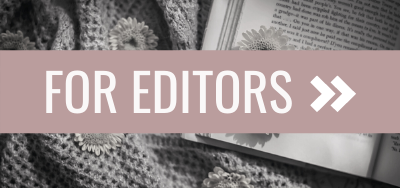
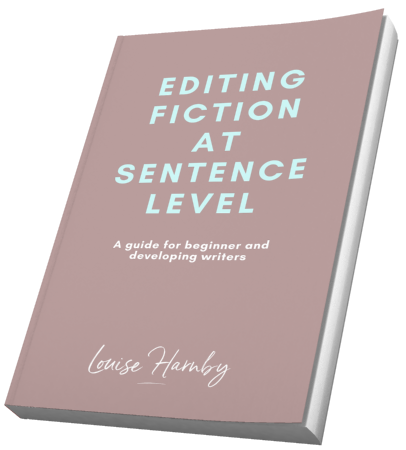
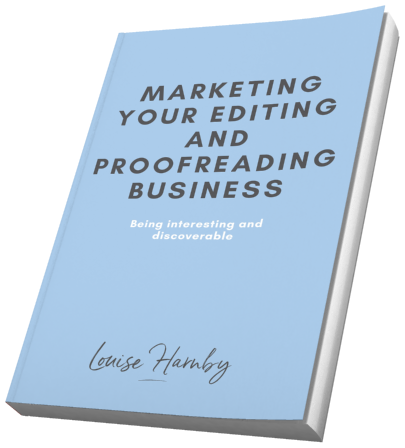
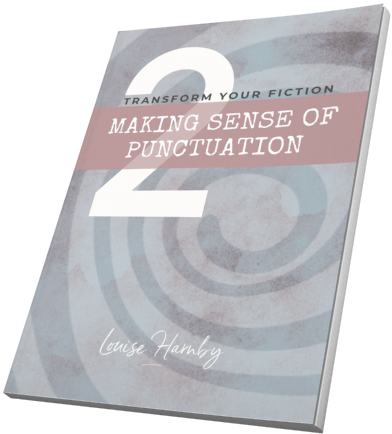
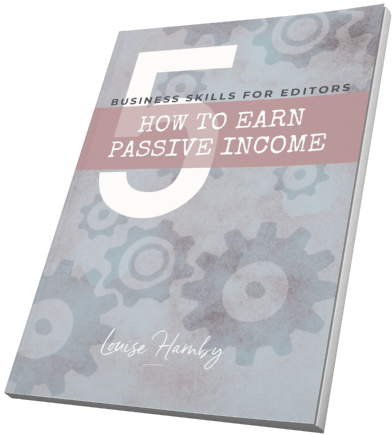
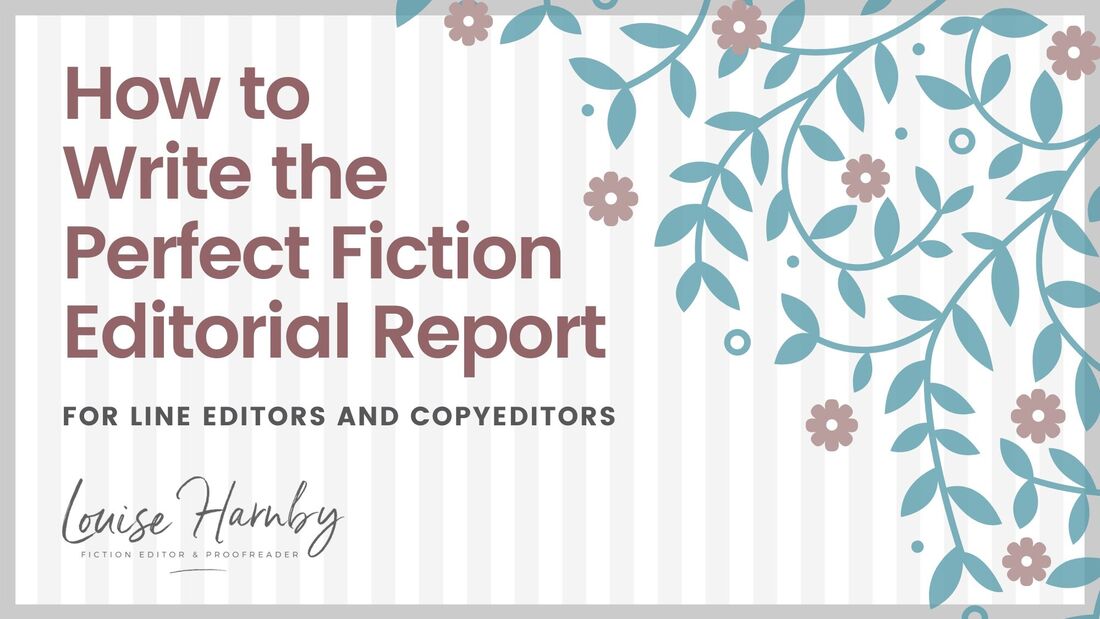
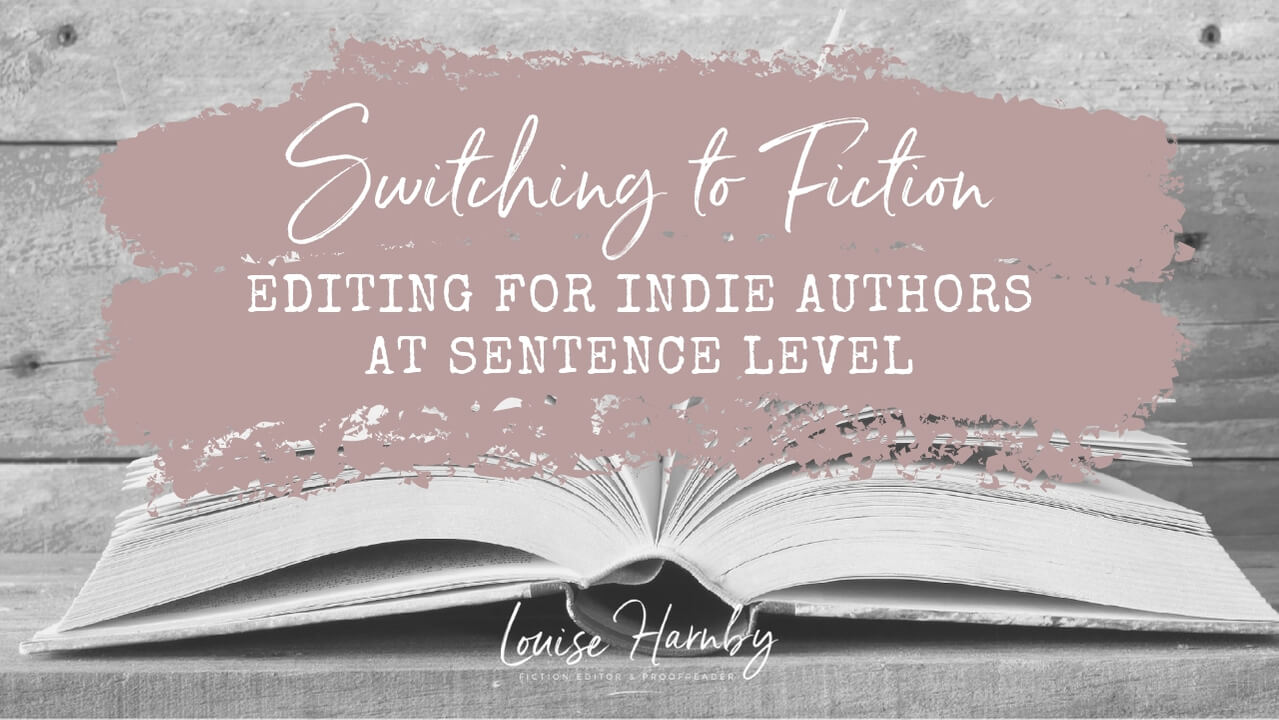
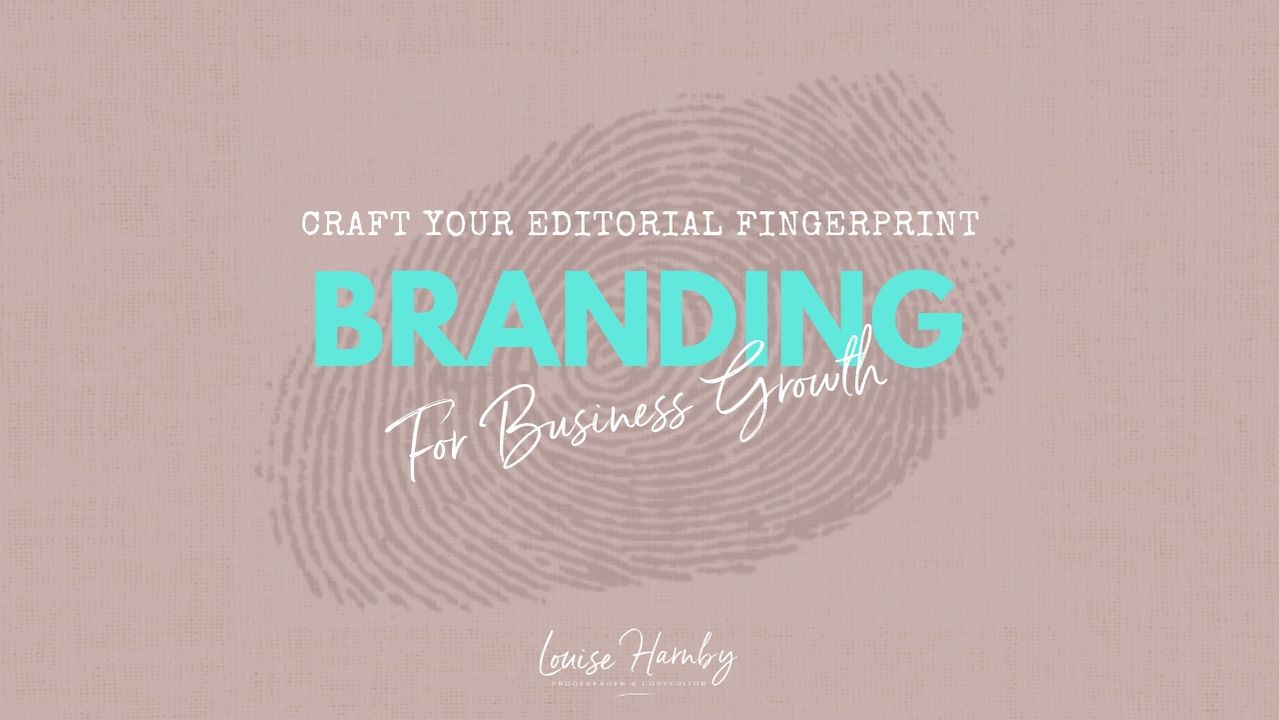
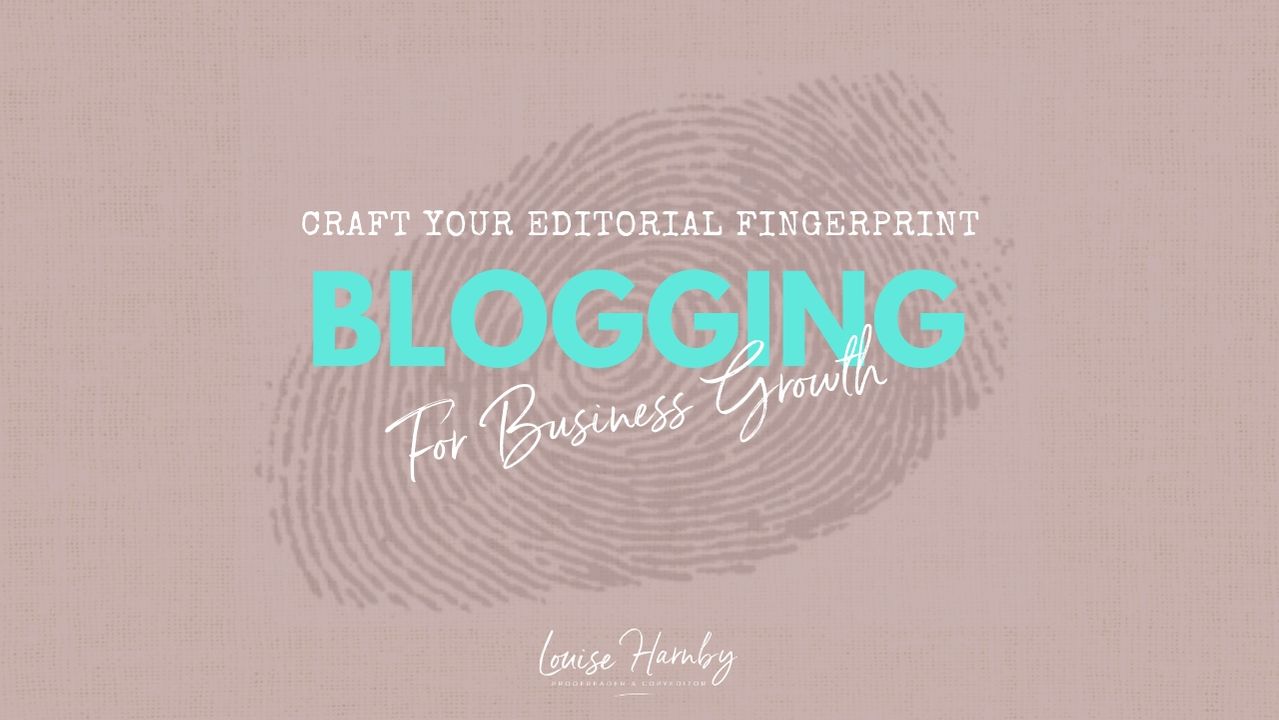
 RSS Feed
RSS Feed
